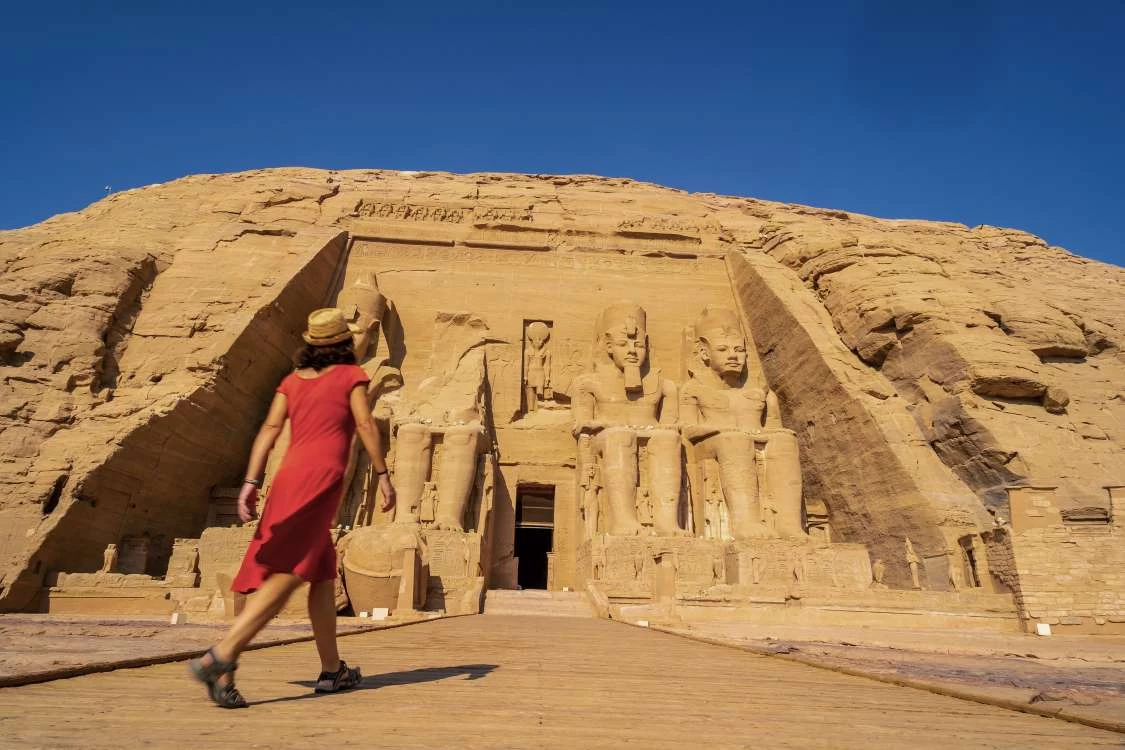
10 Fun Facts About Ramses II: Discover the Great Pharaoh's Legacy
Ramses II is one of the most popular pharaohs to have ruled over ancient Egypt. He was responsible for some of the most extraordinary architectural feats, military strategy, and diplomacy during the New Kingdom. As one of the longest-serving monarchs in history, Ramses II has left his legacy to continue fascinating historians and travelers alike. The article presents 10 fun facts about Ramses II that justify why he remains a towering figure in Egyptian history.
From monumental temples to the world's first peace treaties, here's why Ramses II is the name that persists. Let us delve into the following interesting facts!
10 Fun Facts About Ramses II: A Brief Overview

Before taking a deep dive into facts, here they are in list form for an overview of 10 fun facts about Ramses II:
- He reigned in Egypt for 66 years, one of the longest reigns in history.
- He built some of the most famous monuments in Egypt, including Abu Simbel.
- He had over 100 children to ensure his dynasty continued.
- He fought in the famous Battle of Kadesh and signed the world's first peace treaty.
- His mummy, along with the pharaoh's passport, went on a trip to France for its preservation.
- He was a genius in propaganda, using statues and inscriptions to build up his figure.
- He could have been the Pharaoh of Exodus mentioned in the Bible.
- He was quite fond of his favorite wife, Queen Nefertari.
- His mummy showed that he had red hair, which is very rare in ancient Egypt.
- His legacy lives on to inspire modern culture and tourism to this day.
Now let’s explore these facts in detail!
10 Fun Facts About Ramses II: He Ruled for 66 Years
The reign of Ramses II from 1279 until 1213 BC forms one of the longest reins of power throughout ancient Egyptian history. This fabulous longevity provided him with an excellent opportunity to construct a stable and flourishing reign with unexcelled ramifications for Egypt. His periods the head of state covers most of the period of the New Kingdom 19th Dynasty and is conventionally treated as nothing but the apex of Ancient Egyptian civilization.
His reign, for 66 continuous years, was remarkable during a time when most rulers reigned for no more than a few decades. For perspective, his reign outlasted that of most modern monarchs, including England's Queen Elizabeth II. His long period on the throne provided the needed stability for building great monuments, extending Egypt's borders, and encouraging the flourishing of Egyptian culture.
In his early 20s when he came to the throne, despite the many demands of running an empire, he proved remarkably resilient and adaptable, securing Egypt's dominance of the ancient world. This longevity made him a symbol of continuity and power, placing him among the greatest rulers ever to have lived.
10 Interesting Facts About Ramses II: The Builder of Monumental Temples
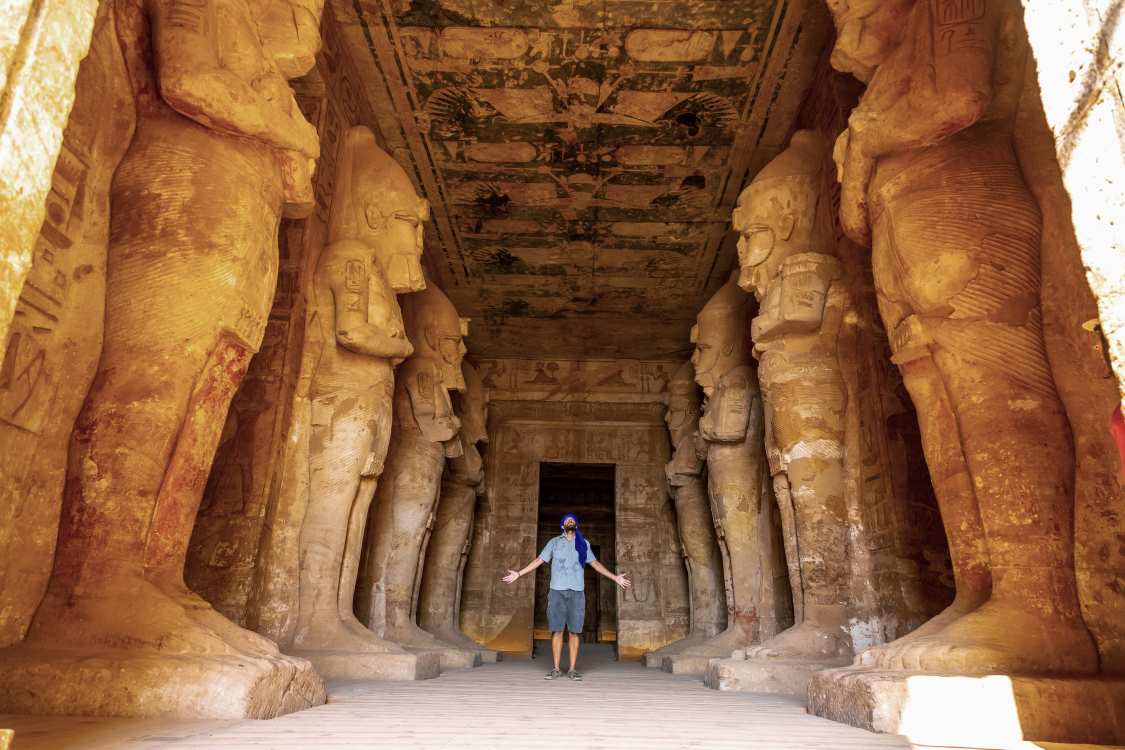
Ramses II was a great builder; hence, he is also referred to as the "Great Builder of Egypt". Under his rule, there was unprecedented fervor in the construction of temples, statues, and monuments that celebrated his power and divinity. These architectural wonders still lure millions of visitors to Egypt every year.
One of the most famous works is the temples of Abu Simbel, carved into the side of a mountain in Nubia. These twin temples were designed to show the reign of Ramesses II over the region and his adoration of the gods: the big temple, dedicated to himself and the gods Ra-Horakhty, Amun, and Ptah, and the smaller one, which was dedicated to his beloved wife, Queen Nefertari. Twice a year, at sunrise, the sun shines right into the inner sanctuary of the Great Temple, testimony to the architectural genius of its time.
Another masterpiece is his mortuary temple-the Ramesseum-near Luxor. The great complex sheltered gigantic statues of this pharaoh, huge reliefs recounting his military triumphs, and inscriptions praising his glory. This was for the immortalization of Ramses II, to keep his memory for eternity.
Ramses II left his mark in the temples of Karnak and Luxor through the erection of huge pylons, obelisks, and statues celebrating his reign. These projects were not only the expression of his architectural vision but also cemented his image as a divine ruler chosen by the gods.
10 Facts About Ramses II: He had over 100 children
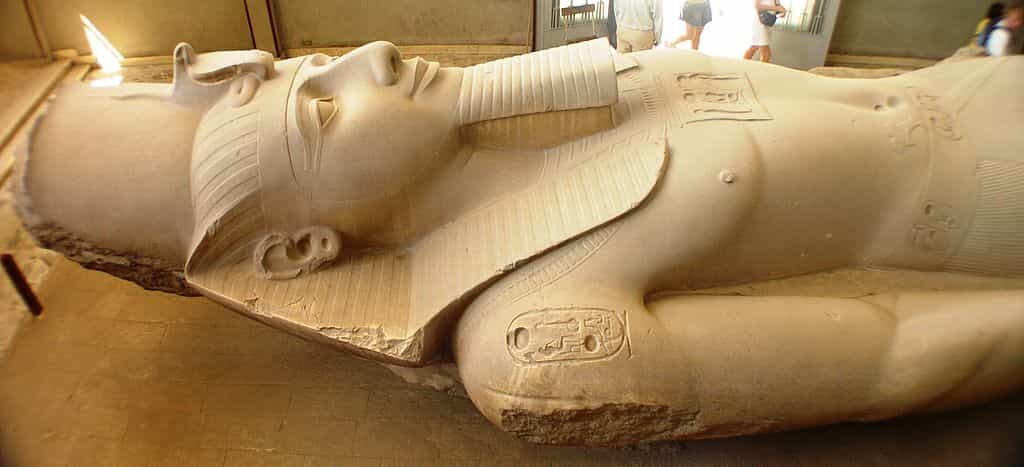
But he was not only a prolific builder, he was also a prolific father. According to historical records and inscriptions, he is said to have fathered more than 100 children, including at least 52 sons and 50 daughters. His huge family was the result of his many marriages and concubines, a common practice among pharaohs to form alliances and strengthen their dynasties.
While Queen Nefertari was special to his heart and court, Ramses II also married several other royal wives, including his daughters, a common practice among ancient Egyptian kings to preserve the purity of the blood. His large family was not only a matter of personal pride but also a tool of strategic design. Ramses II placed his sons in topmost military and administrative positions to make sure that loyalty and stability reigned in the empire.
Evidence of this large family is shown through inscriptions on his various monuments, such as the Great Temple at Abu Simbel, which proudly displays pictures of his children. His descendants carried on the torch of his leadership, some of them ruling over the country in their own right and perpetuating the word Ramses as the power and greatness of the word had come to be equated in ancient Egypt.
10 Fun Facts About Ramses II: The Battle of Kadesh and his diplomatic skills
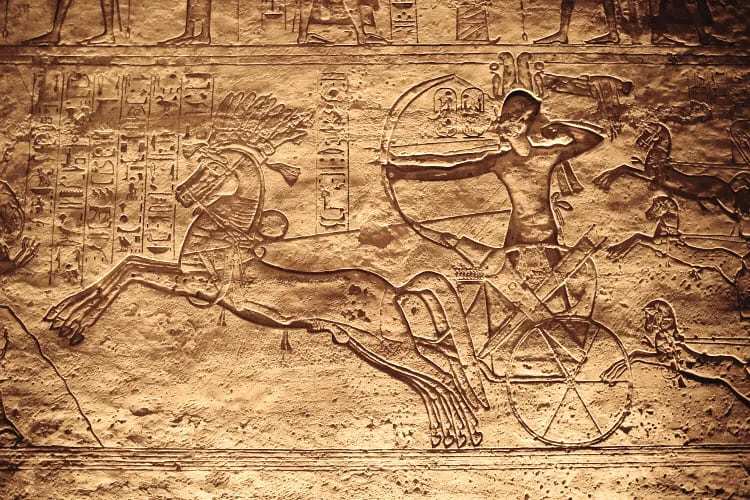
One of the most renowned battles during his reign was the Battle of Kadesh, fought against the Hittites in 1274 BC. This epic confrontation, which took place near the River Orontes (in modern-day Syria), is considered one of the largest chariot battles in history, with thousands of chariots clashing on the battlefield.
Although the battle turned out to be a tie, the records of Ramses II tell a different story. He recorded in temple walls Abu Simbel and Karnak, among others that he was a heroic warrior who alone won the battle. While these stories are exaggerated, what they attest to is his masterful propaganda, which assures that his picture as a powerful and victorious ruler has remained.
Equally important was the aftermath of the Battle of Kadesh: after years of tension, Ramses II negotiated one of the first known peace treaties in history with the Hittite king Hattusili III. The treaty- inscribed in both cuneiform and hieroglyphs-established mutual respect and non-aggression between the two empires. A copy of this treaty is kept at the United Nations Headquarters in New York and symbolizes the enduring legacy of diplomacy.
The combined military strength and diplomatic acumen at Kadesh made him be remembered as both a great warrior and a great statesman, setting some kind of yardstick for future rulers.
10 Amazing Facts About Ramses II: His mummy traveled the world

Ramses II’s legacy extended far beyond his monumental buildings and military campaigns, influencing events long after his death. His mummy, one of the most famous and best-preserved mummies in ancient Egyptian history, went on a remarkable journey in the 19th and 20th centuries.
In the early 19th century, Egypt was plagued by tomb and grave robbers; thus, the mummy of Ramses II was moved for safekeeping. It was finally found in 1881 in the cache of Deir el-Bahri, along with the mummies of other pharaohs who had been hidden away in a secret tomb to protect them from looting.
What followed was quite a journey. In 1976, the Egyptian Ministry of Antiquities boldly decided to send the mummy of Ramses II to France for conservation and restoration. Throughout his journey, much respect was accorded to the mummy, even to the extent of giving it the title "Passport of the Pharaoh" This was a special diplomatic passport issued by the French authorities to recognize the historical importance of the pharaoh.
It then underwent extensive conservation treatment in France, including special embalming to stabilize the mummy. From there, it went on show at the Musée de l'Homme in Paris, was sent back to Egypt, and is now displayed in the Egyptian Museum in Cairo. It has been an international tour that has gained wide interest in ancient Egyptian archaeology and the sustained importance of Ramses II.
Facts About Ramses II: He was a master of propaganda
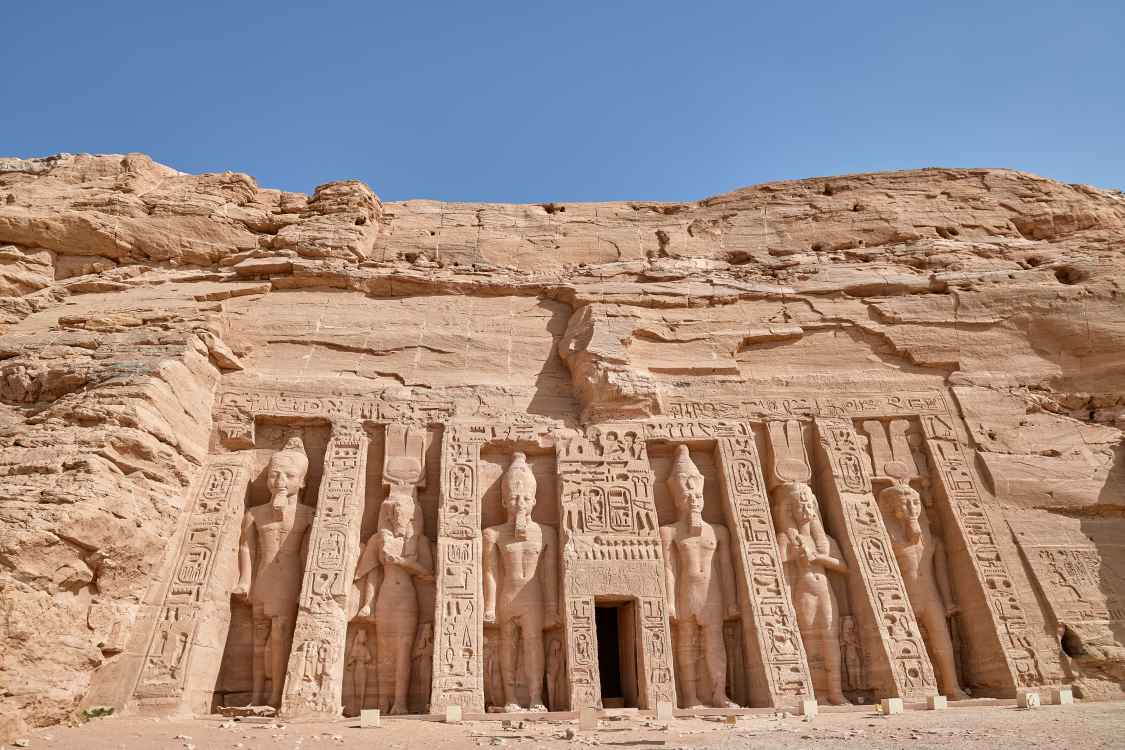
Ramses II was as brilliant as a military and architectural genius as he was a master of propaganda. Throughout his reign, he used any means available to reinforce his image as a god-like ruler and eternal symbol of Egypt's power, as can be seen through the many monuments, statues, and inscriptions remaining throughout Egypt today.
His mortuary temple, the Ramesseum, was one of the most famous propaganda tools on the west bank of the Nile. There, Ramses II used massive statues of himself, colossal reliefs, and inscriptions of his great deeds to promote himself as a heroic figure. Such monumental works painted a picture of a mighty, divine leader under whose guidance Egypt was safe and prosperous.
The use of inscriptions and art can also be extended to the walls of temples, where one finds Ramses himself in the most grandiose and victorious poses. Perhaps one of the most famous depictions is the scene of the Battle of Kadesh, whereby Ramses is depicted leading his troops to victory, whereas the battle ended in a draw. The repetition of these images emphasized his divine and invincible image, making his people realize that Ramses was not only a king but a living god.
This use of propaganda was not only crucial in strengthening his rule but also left an indelible mark on the way ancient Egyptian rulers were viewed by their people and by future generations.
10 interesting Facts About Ramses II: He could have been the Pharaoh of the Exodus
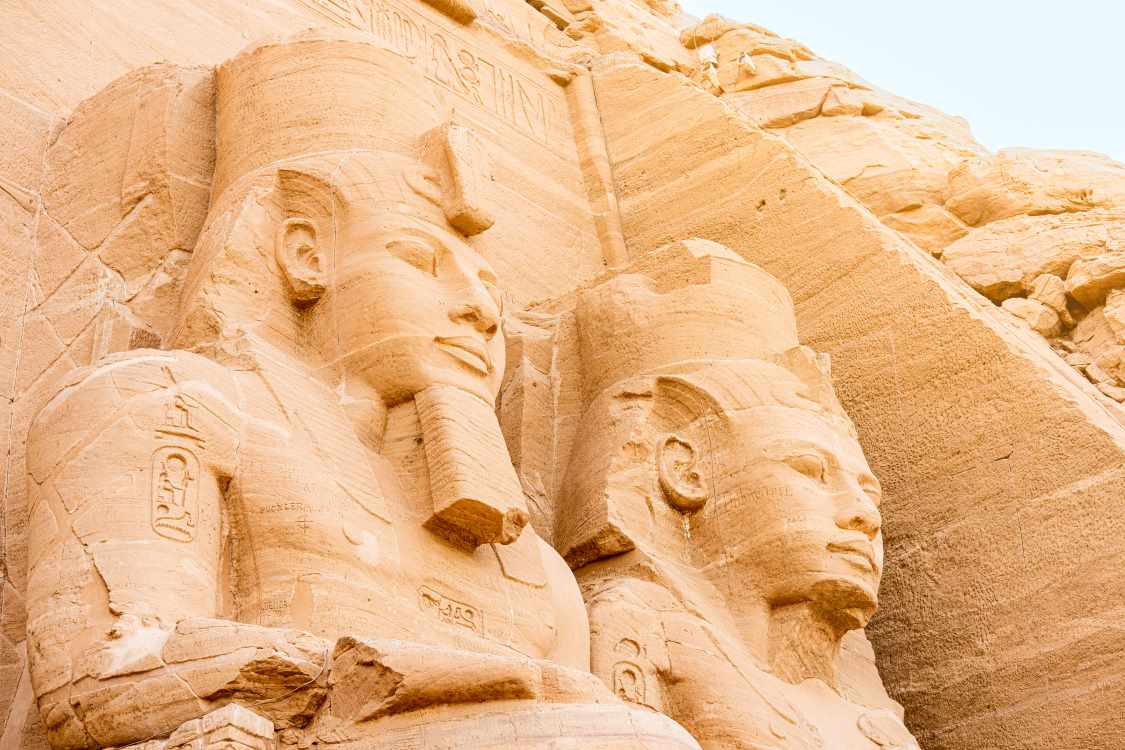
One of the most intriguing theories regarding Ramses II is that he was the Pharaoh of the Exodus, or in other words, the biblical story of Moses, who led the Israelites out of Egypt. This theory has been debated by scholars and theologians for centuries, and though it remains unproven, it has captured the imagination of many.
The theory is mainly based on the biblical timeline and the mention of a Pharaoh at the time of Moses who pursued the Israelites as they fled Egypt. According to the Bible, this Pharaoh's army was eventually drowned in the Red Sea after pursuing the Israelites. The 66-year-long reign of Ramses II, spanning much of the 13th century BC, fits into the general time frame of the Exodus narrative.
Archaeological evidence also shows that Ramses II built the city that was called Pi-Ramses, which some scholars identify with the Ramses of the Bible as the place where Israelites were enslaved. This led some to speculate that Ramses II might have been the Pharaoh of the Exodus.
There is, however, no direct evidence linking Ramses II with the biblical events of Exodus, and many scholars indicate that the story of Exodus can be more symbolic than historical. Anyway, all this makes up one of the most intriguing angles of the legend about Ramesses II, blending ancient Egyptian history with biblical mythology.
10 Fun Facts About Ramses II: His love for Queen Nefertari

Of all the wives of Ramesses II, Queen Nefertari was the most beloved and respected. Their marriage testifies to his love and regard for her and played a very significant role in the cultural and religious heritage of his reign.
Ramses II's love for Nefertari is best manifested in the tomb he built for her in the Valley of the Queens. QV66 is among the most beautifully decorated tombs in Egypt, with stunning murals and vivid scenes depicting Nefertari in a divine context and being blessed by various gods. The splendor of the tomb reflects the special status Nefertari held not just as queen but also as the true love of Ramses II.
Inscriptions in the tomb also proclaim the extent to which Ramses adored his queen: he referred to her as "the one for whom the sun shines", a term honoring her place in his life. This was an unheard-of honor, since not many queens in ancient Egypt were given such grand monuments.
The love between Ramses II and Nefertari wasn't only of a personal nature but one of politics too. Nefertari made many contributions regarding Egyptian diplomacy during her lifetime; Ramses continuously referred to Nefertari as his sister in many of the inscriptions. She was present in international affairs, such as the peace treaty with the Hittites because of her significant diplomatic presence among them.
This relationship mirrored a unique combination of love, power, and political alliance that left an indelible mark on ancient Egyptian history.
10 Fun Facts About Ramses II: He was a redhead
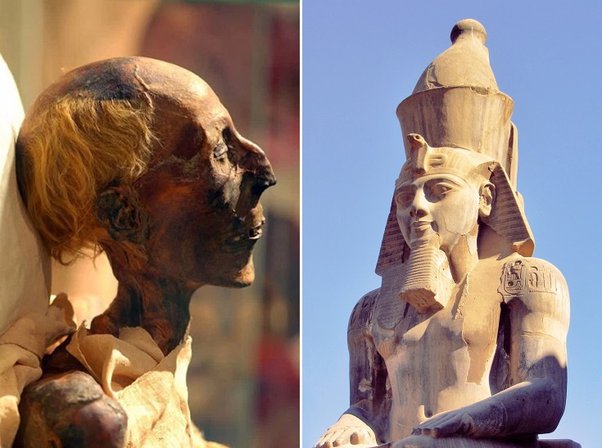
One of the most unexpected discoveries regarding Ramses II was made while studying his mummy. When the remains of the ancient Egyptian pharaoh underwent CT scans, along with other tests, scientists were shocked to find that he was indeed red-haired. This became quite a stunning revelation because it was earlier believed that Egyptians, and specifically kings, had black hair.
Red hair for Ramses II is important on several counts. First, this can be a source of information concerning his genetic origins. As was suggested, Ramses could have had ancestors from other than Egypt, and the gene responsible for red hair could be inherited from areas in the Mediterranean or even from Europe, though disputed among experts.
Another layer of mystery is in the symbolic meaning that red hair may have had for the ancient Egyptians. In Egyptian culture, the color red was sometimes associated with chaos or the destruction of enemies as shown by the red crown of Lower Egypt and depictions of gods associated with both creation and destruction. This being highly speculative, it may play a role in casting Ramses as a ruler who brings both order and power to Egypt.
The red hair of Ramses II adds a weird and intriguing angle to his already multifaceted legacy, adding genetics, symbolism, and mystery to the larger-than-life persona.
10 Fun Facts About Ramses II: His legacy lives on today
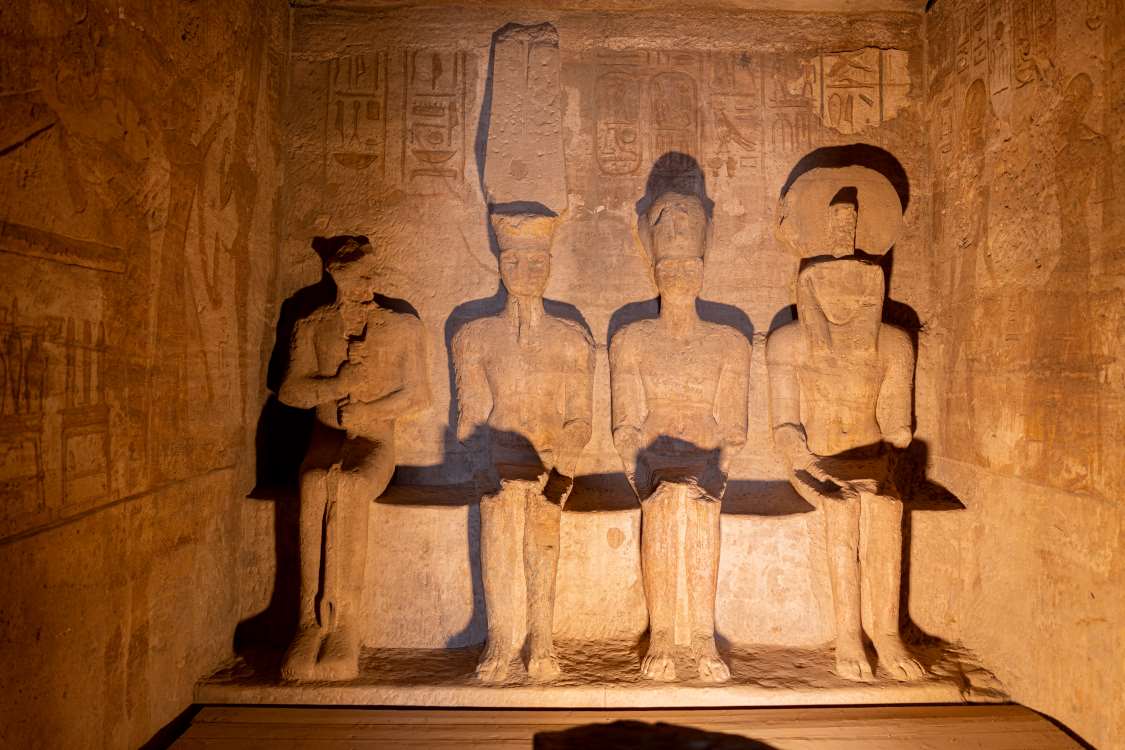
The influence of Ramses II is not confined to the ancient world. For thousands of years, his legacy has lived on and continues to impress modern-day audiences. His reign was marked by the height of the New Kingdom and the peak of Egyptian civilization. Even nowadays, his monumental contributions to architecture, art, and diplomacy are iconic, and visitors from all over the world flock to see Egypt's historical treasures.
The temples of Abu Simbel, a UNESCO World Heritage Site, are perhaps one of the most enduring icons of his rule. These towering temples, with their facades carved into a mountain, show and tell a story of Ramses II and his memory. His lasting mark upon the landscape of Egyptian architecture includes ornate statues of himself seated at the entrance, vast halls internally, and temples aligned with the sun at certain times of the year.
The Ramesseum is another important structure built by Ramses II that remains an important archaeological site. This mortuary temple, with its towering statues and detailed reliefs, depicts the pharaoh in various poses of strength and divinity, emphasizing his image as a god-like ruler. Despite centuries of wear and damage, the Ramesseum still attracts tourists and scholars who study his reign and its contributions to ancient Egyptian religion and art.
Even beyond the physical monuments, the cultural heritage of Ramses II has permeated modern popular culture in ways unimaginable: from Hollywood movies like The Ten Commandments to literature and video games, Ramses II became the symbol of power, strength, and greatness. Further, his association with the Exodus story has entrenched him in historical and religious narratives, blending Egyptian history with biblical mythology in fascinating ways.
In other words, the impact of Ramses II is still felt in this present time through the great monuments he built, the role he had in Egyptian history, and the place he occupies in world culture.
7 more facts about Ramses II
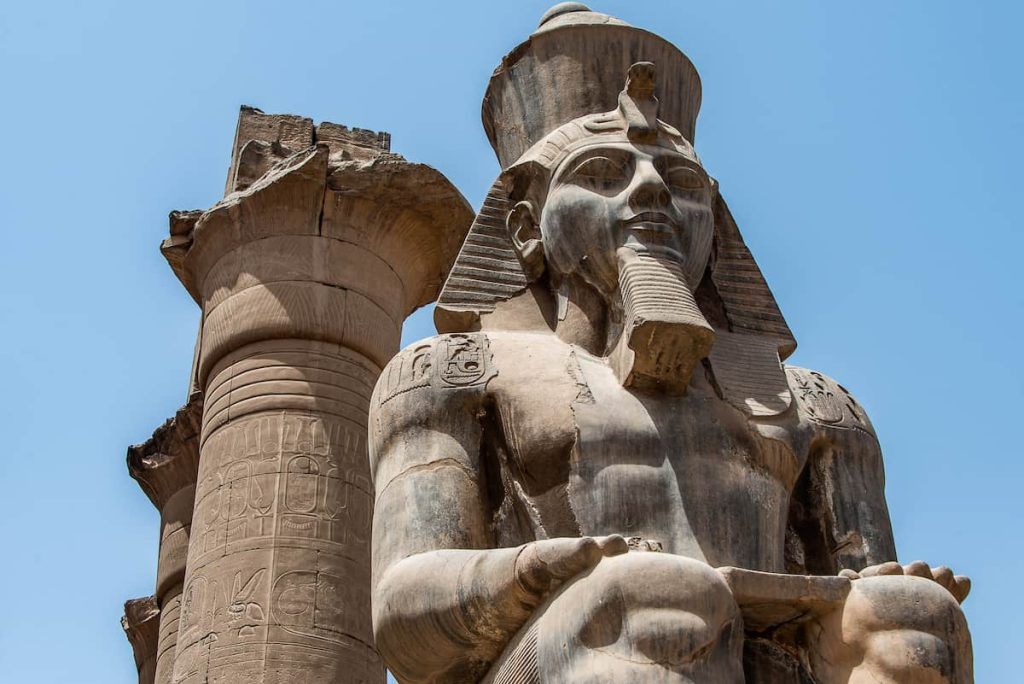
Stay tuned for the next section, where we will explore 7 more facts about Ramses II:
-
The Sun Phenomenon at Abu Simbel
One of the most spectacular examples of ancient Egyptian architecture is the temples of Abu Simbel, built by Ramses II, which have a peculiar phenomenon of the sun. On February 22nd and October 22nd every year, at sunrise, it sends its rays right into the inner sanctuary of this temple complex onto the statues of Ramses II and the gods. This is indeed a phenomenon that has impressed both visitors and scholars alike-a stunning testimony to the advanced understanding of astronomy and the natural world attained by the ancient Egyptians.
It was believed that such an arrangement had been contrived to honor the reign of Ramses II and his divine status. These two dates are believed to correspond to the birthday and coronation day of Ramses II to further emphasize his connection with the gods and his central role in Egyptian society. Such a phenomenon would not only symbolize his connection with the divine but also remind one of his power and influence, able to control and direct even the natural world and cosmos at will.
The exact architectural design of the temple was such that sunlight reached the inner sanctuary only on these two days of the year, illuminating the faces of Ramses II and the gods seated beside him. This is one of the most remarkable examples of Egyptian engineering, bringing together both religious symbolism and the practical use of astronomy. Even today, the alignment of the sun in Abu Simbel is one of the most impressive events for visitors to this UNESCO World Heritage Site and cements the legacy of Ramses II as a great builder and master of monumental architecture.
-
The Relocation of Abu Simbel
The legacy of Ramses II would continue to inspire future generations.
During the 1960s, the temples of Abu Simbel were threatened by the rising waters of Lake Nasser due to the construction of the Aswan High Dam; they were carefully taken apart in huge blocks and moved to higher ground, thanks to a never-before-seen international endeavor.
This engineering marvel salvaged one of Egypt's most famous monuments and made sure the legacy of Ramses II lived on to inspire future generations.
-
The Ramesseum – His Mortuary Temple
The Ramesseum is the mortuary temple of Ramses II on the west bank of the Nile, and it is an architectural wonder. In it, he was worshipped, but at the same time, it was also a glorification of himself. This temple had colossal statues, intricate reliefs, and inscriptions that described his great works.
The most famous statue from the Ramesseum is its fallen colossus of Ramses II, which inspired the poem by Percy Bysshe Shelley called "Ozymandias.".
-
His Colossal Statues
The numerous colossal statues commissioned by Ramses II also reveal his love for grandeur. Probably the most famous one is the Great Statue of Ramses II in Memphis, standing over 30 feet high.
These statues were not only feats of art but also strong statements of his divine authority. They were erected within temple complexes and public areas as a way of reminding the people of his greatness.
-
His Military Campaigns and Conquests
Ramses II was an impressive military leader who expanded Egypt’s borders through numerous military campaigns. He led expeditions to Nubia, Libya, and the Levant and secured Egypt’s supremacy in the region.
His military achievements were immortalized in inscriptions and reliefs, ensuring that his victories would be remembered for centuries.
His Name Means "Born of Ra"
The name is Ramses means "born of Ra"," which reflects his connection to the sun god Ra. This divine connection strengthened his status as god-king and legitimized his rule.
Throughout his reign, Ramses II emphasized his divine lineage and used it to strengthen his authority and inspire the loyalty of his people.
His Tomb in the Valley of the Kings
The original tomb of Ramses II, KV7, is located in the Valley of the Kings. Although it was very large, it was looted in antiquity and his mummy was later moved to the cache at Deir el-Bahri for protection.
The tomb’s design and decorations reflect the pharaoh’s belief in the afterlife and his desire to secure his eternal legacy.
Ramses II: An overview of His most important achievements
The reign of Ramses II was a time of great prosperity and achievement for ancient Egypt. He was a skillful military leader, a prolific builder,r and a master of propaganda. His legacy continues to fascinate and inspire people around the world today. Here are some of his most important achievements:
- Military campaigns: Ramses II led successful campaigns in Nubia, Lib, ya, and the Levant, increasing Egypt's territory and influence.
- The Battle of Kadesh, although tactically undecided, became a symbol of his military prowess.
- Monumental construction: He commissioned numerous temples, monuments, and statues, including Abu Simbel, the Ramesseum, and extensions to the temples of Karnak and Luxor. These projects emphasized his power and divine status.
- Diplomacy and peacekeeping: Ramses II negotiated the Treaty of Kadesh with the Hittites, one of the earliest known peace treaties in history.
- This treaty brought stability to the region and demonstrated his diplomatic skills.
- Long and prosperous reign: His 66-year reign brought stability and prosperity to Egypt.
- It enabled the completion of numerous major projects and cemented his legacy as one of Egypt's greatest pharaohs.
Visit the sites of Ramses II
If you are planning a trip to Egypt, a visit to the sites of Ramses II is a must. Here are some of the most important sites:
- Abu Simbel: Marvel at the colossal statues and impressive temples. Witness the solar phenomenon if your visit coincides with the relevant dates.
- The Ramesseum: Explore the ruins of the mortuary temple of Ramses II and imagine its former splendor.
- The Valley of the Kings: Visit the tomb of Ramses II (KV7) and explore the other royal tombs in this famous necropolis.
- Luxor and Karnak Temples: Marvel at the additions and alterations made by Ramses II to these magnificent temples.
As you explore these sites, the 10 fun facts about Ramses II come to life.
Conclusion
Ramses II, commonly referred to as 'Ramses the Great', left an indelible mark on the annals of Ancient Egypt and the modern world. Be it the gigantic building projects like the temples of Abu Simbel or his military campaigns, the greatness and refinement of his reign are still studied and admired today. His astonishing feats, from architecture to military conquests, family dynamics, and even the impact on modern pop culture, have kept his name alive for millennia.
Even now, Ramses II is one of the most famous and popular personalities in Egyptian history. Great monuments built by this powerful king attract millions of tourists and researchers who want to learn something about the pharaoh who shaped Egypt's Golden Age. Furthermore, his bequeathed culture-from Hollywood movies to the rich treasures found in his tombs and temples-makes sure he stands in the annals of world history.
We give respect to Ramses II with his monumental works and military feats, which remind us of his divine rule, his very extraordinary life, and the impact he made upon ancient Egyptian civilization. In reflecting on these 10 fun facts about Ramses II, we find greatness in not only a man but also the remarkable civilization he led.
From the timeless magic of Abu Simbel to the strong legacy he left in the monuments of Egypt, the impact of Ramses II not only survives to this day but serves as a window to those incredible times when greatness and ambition knew no limit. His life and reign will continue inspiring all who see his monuments, read his history, and even wonder at the power of one of history's most great pharaohs.
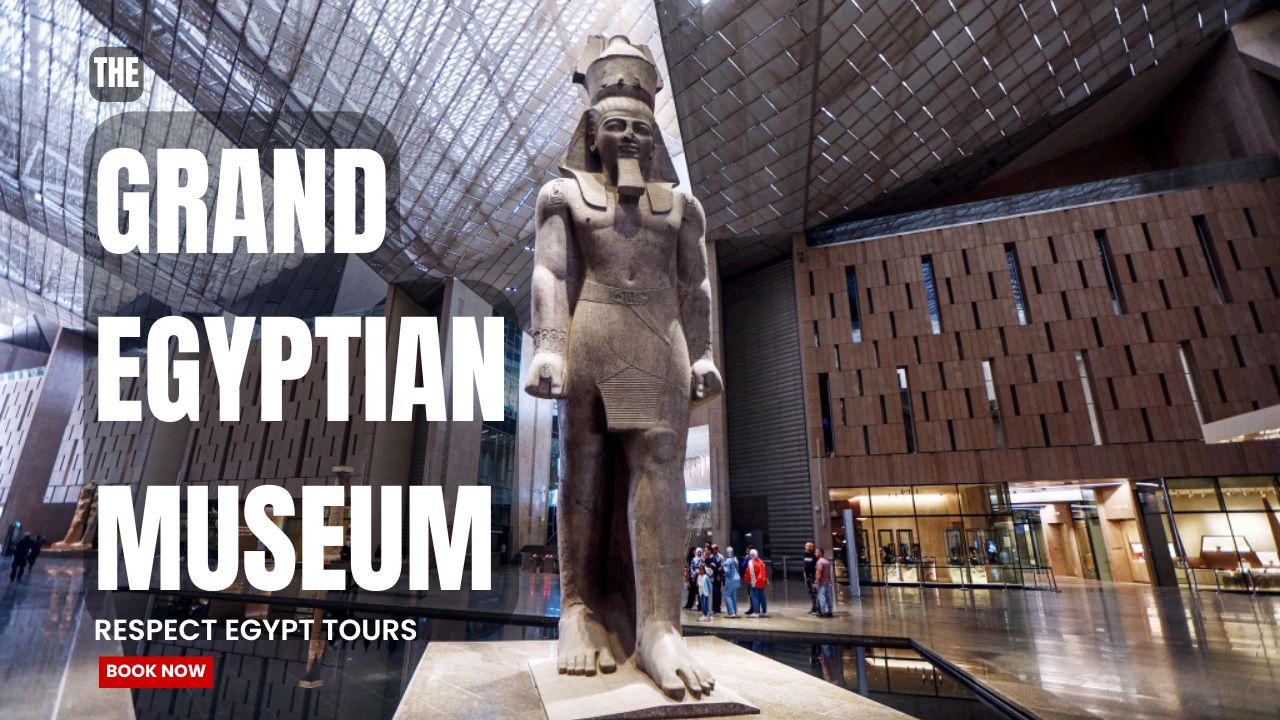
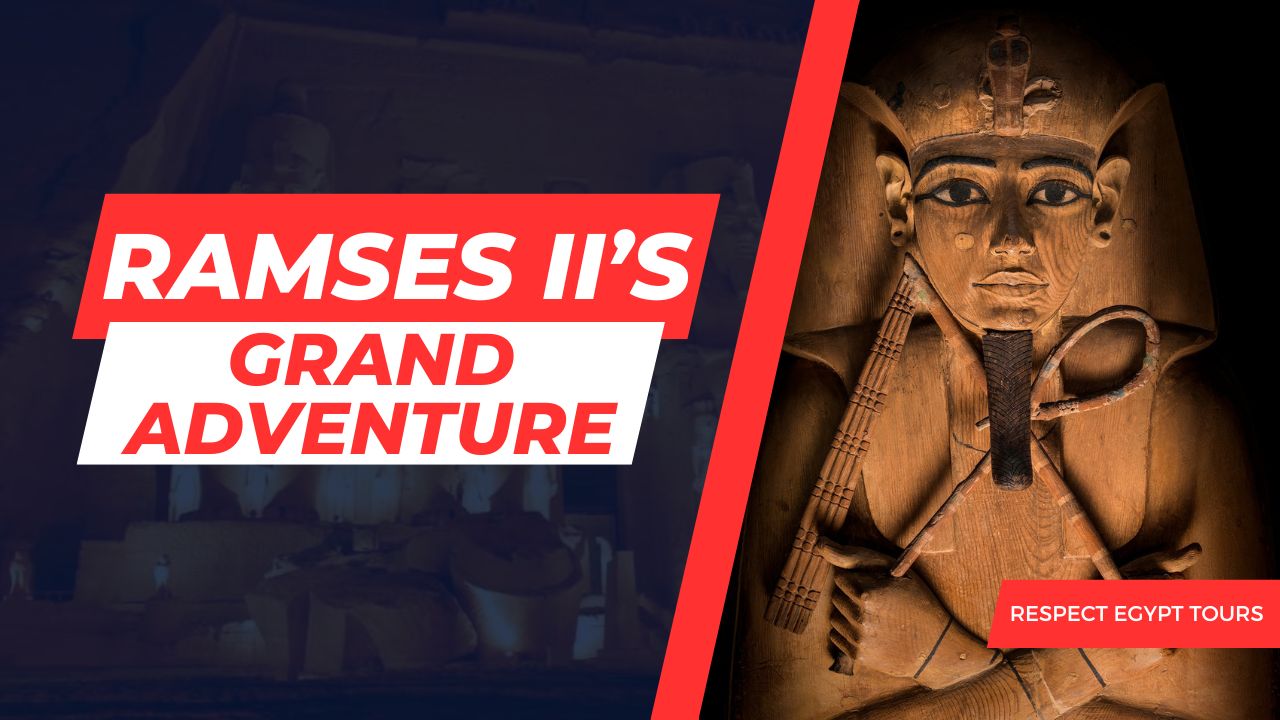
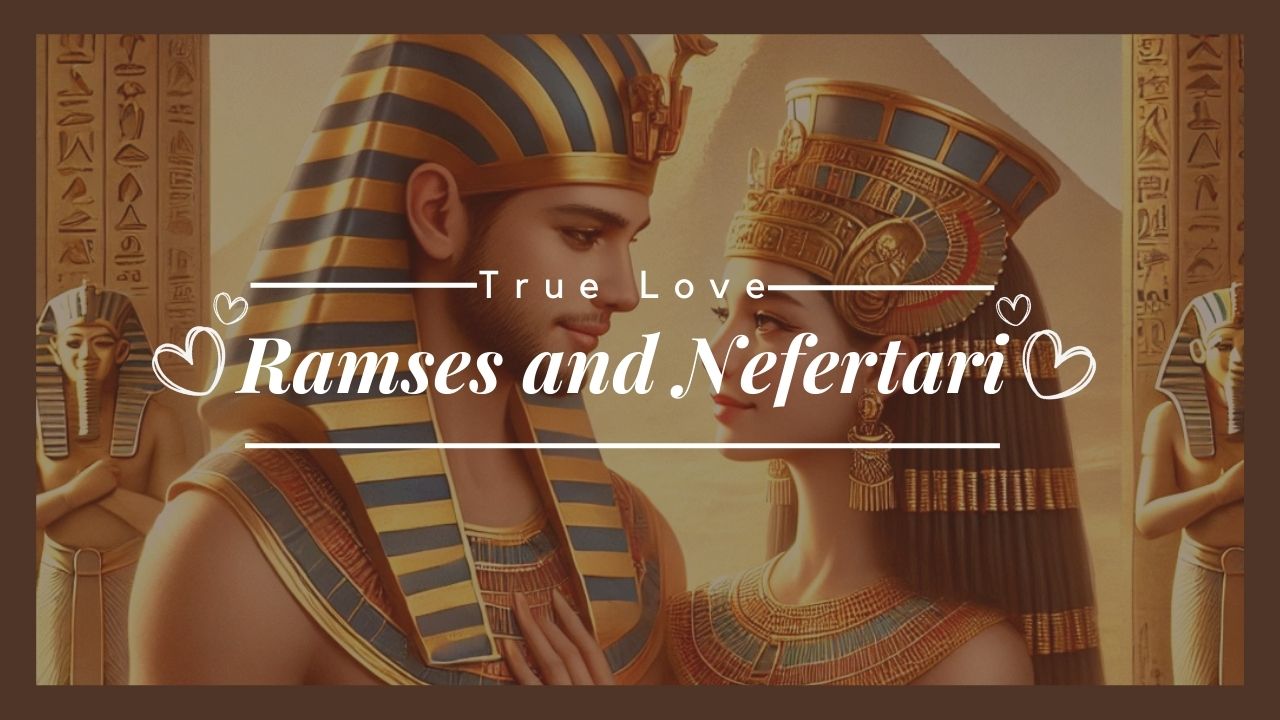




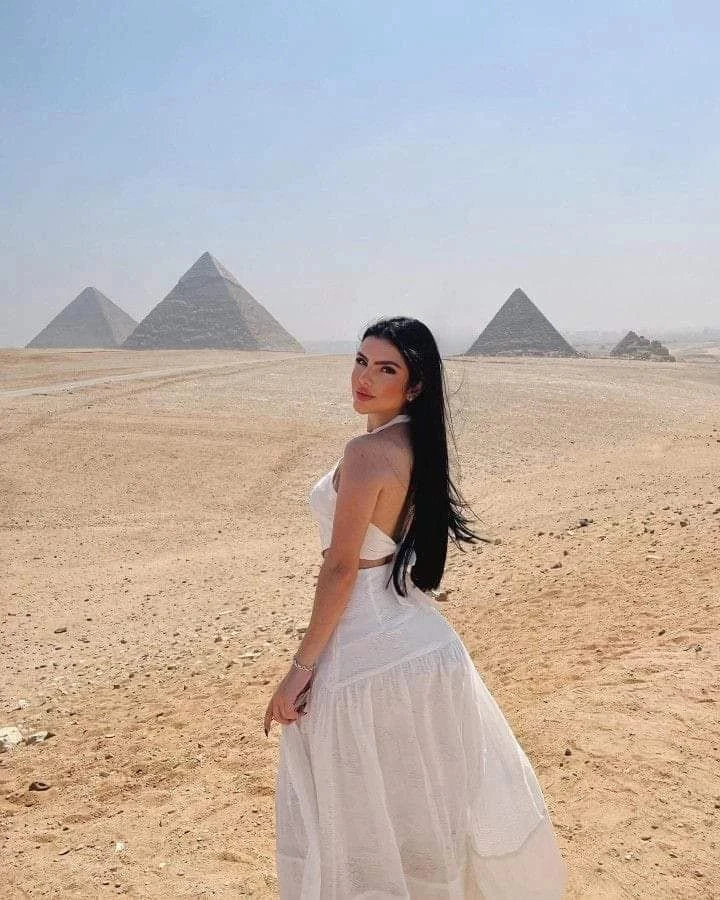

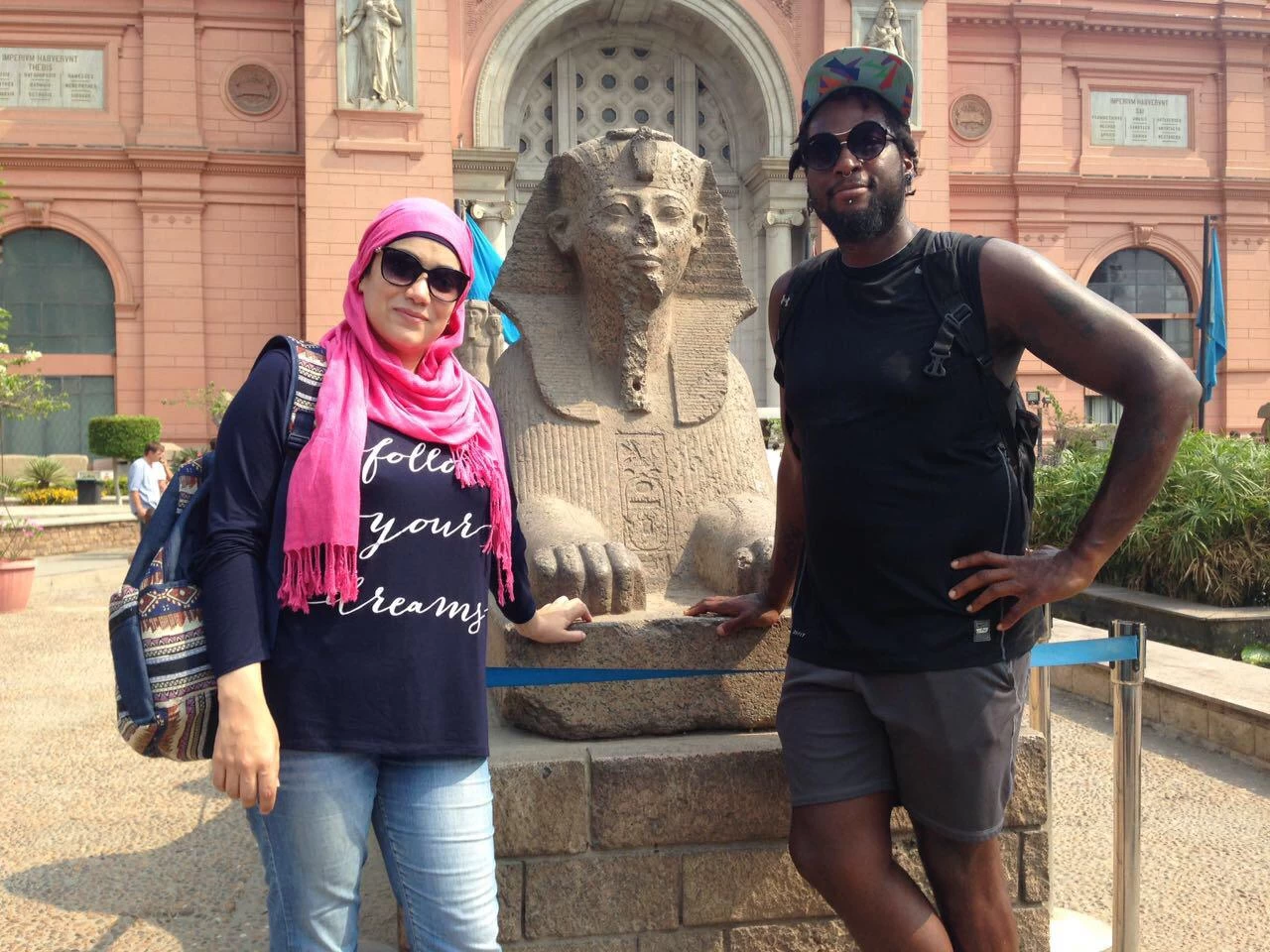
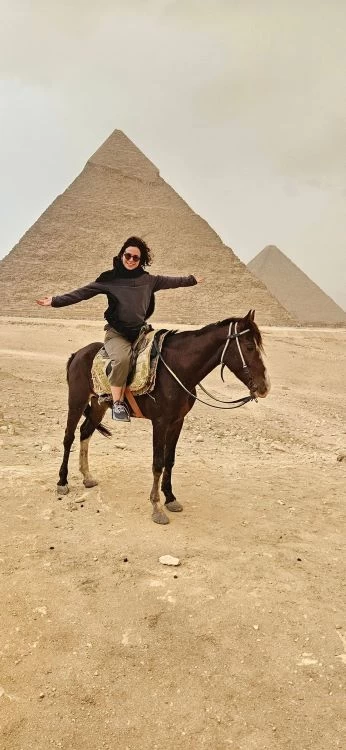
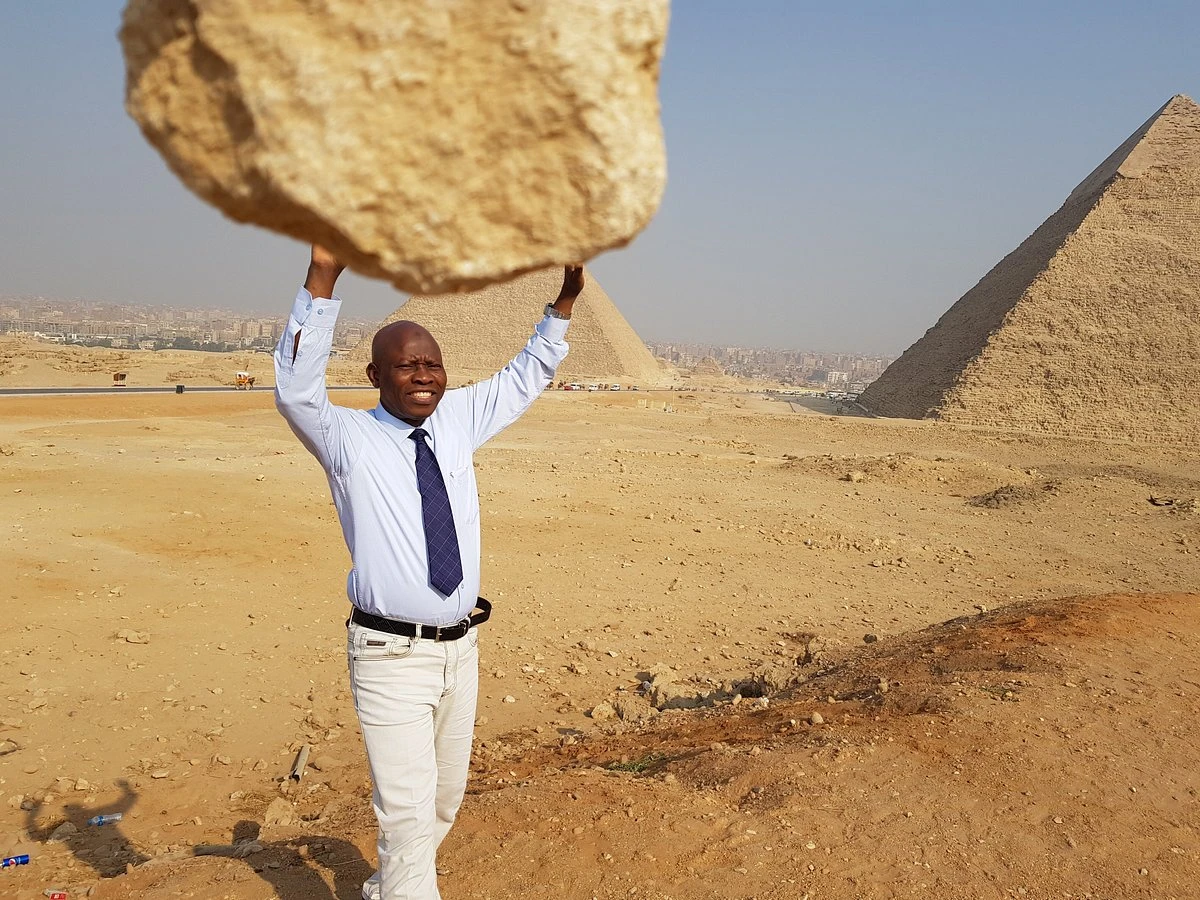
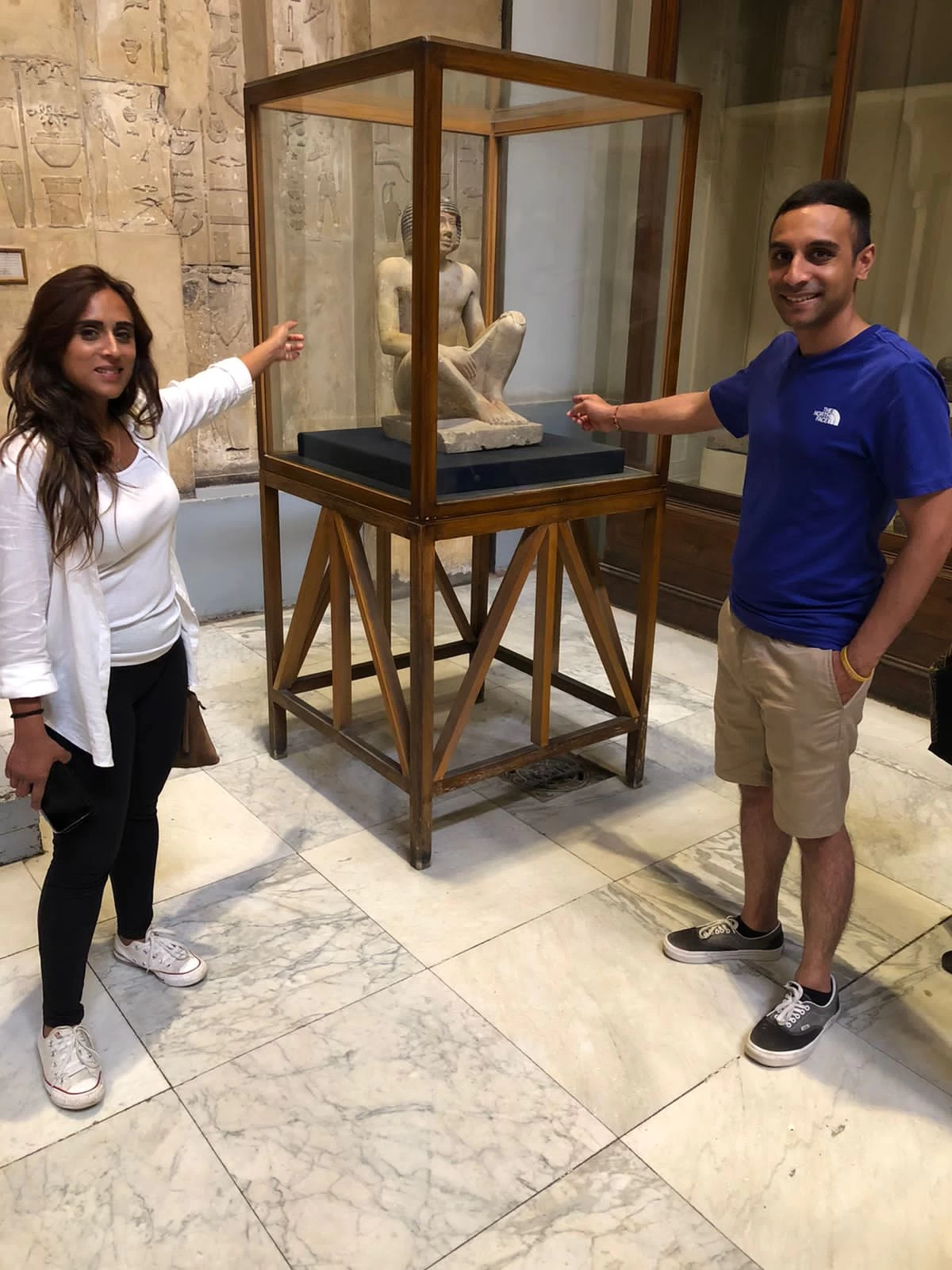
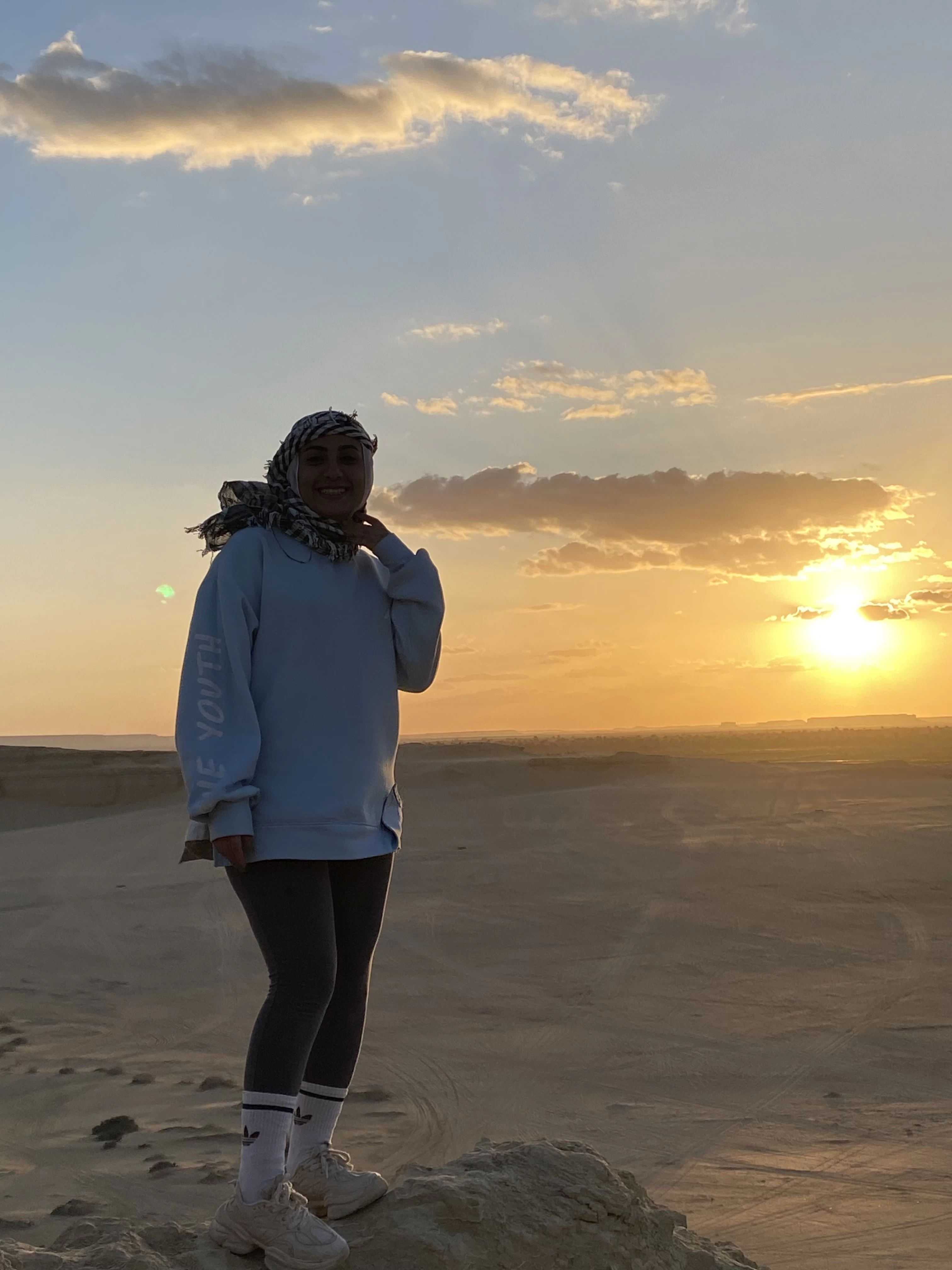
-webp.webp)
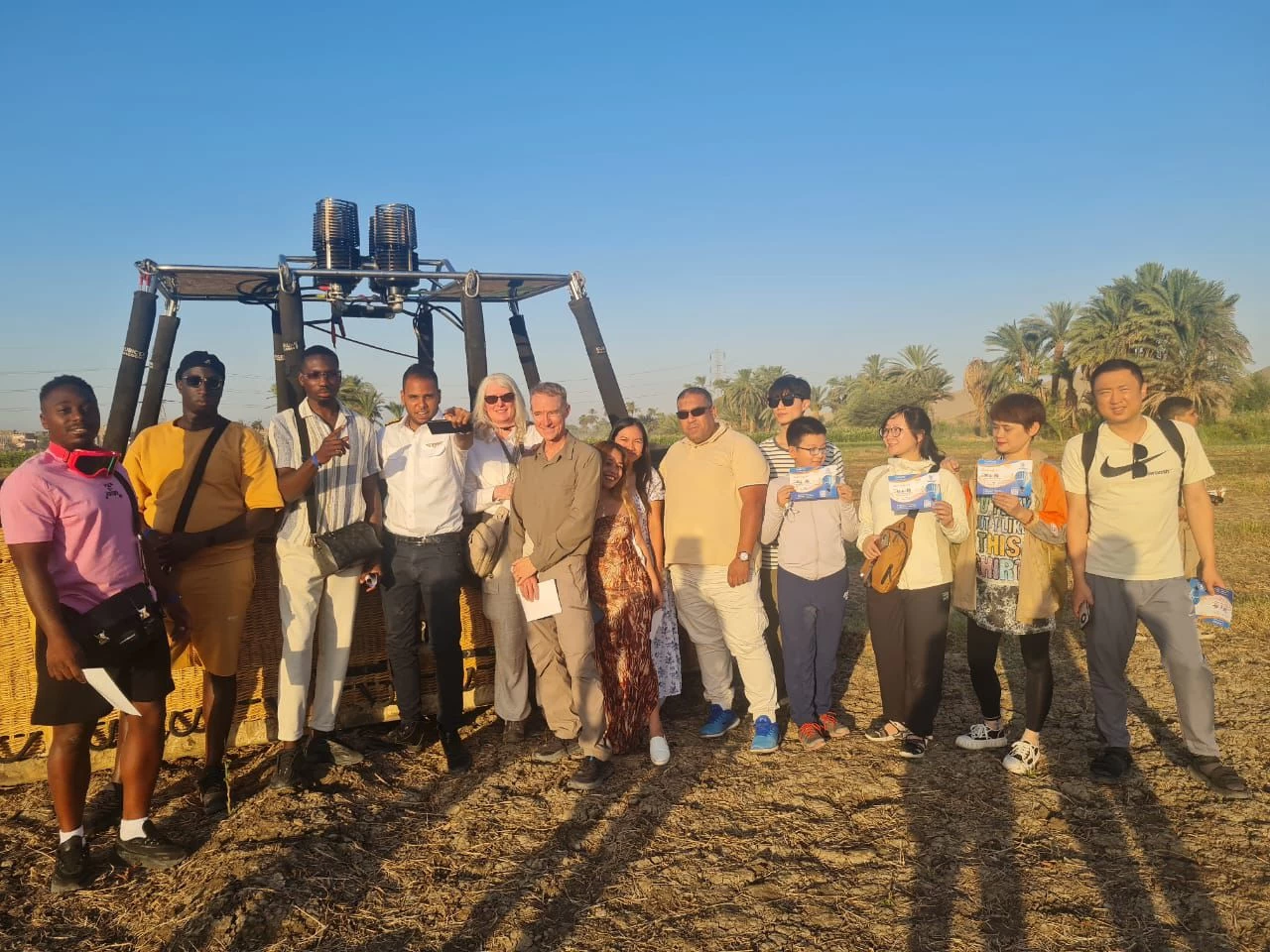
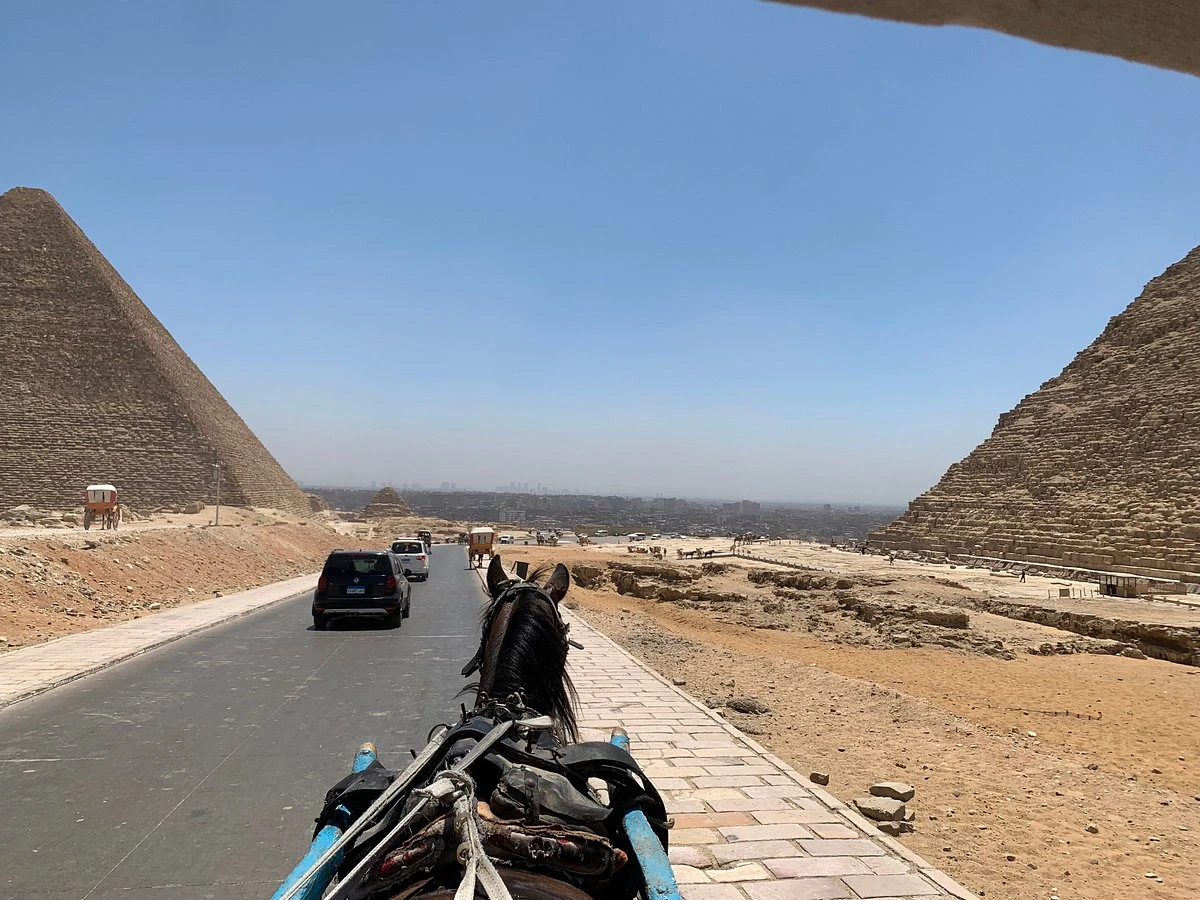
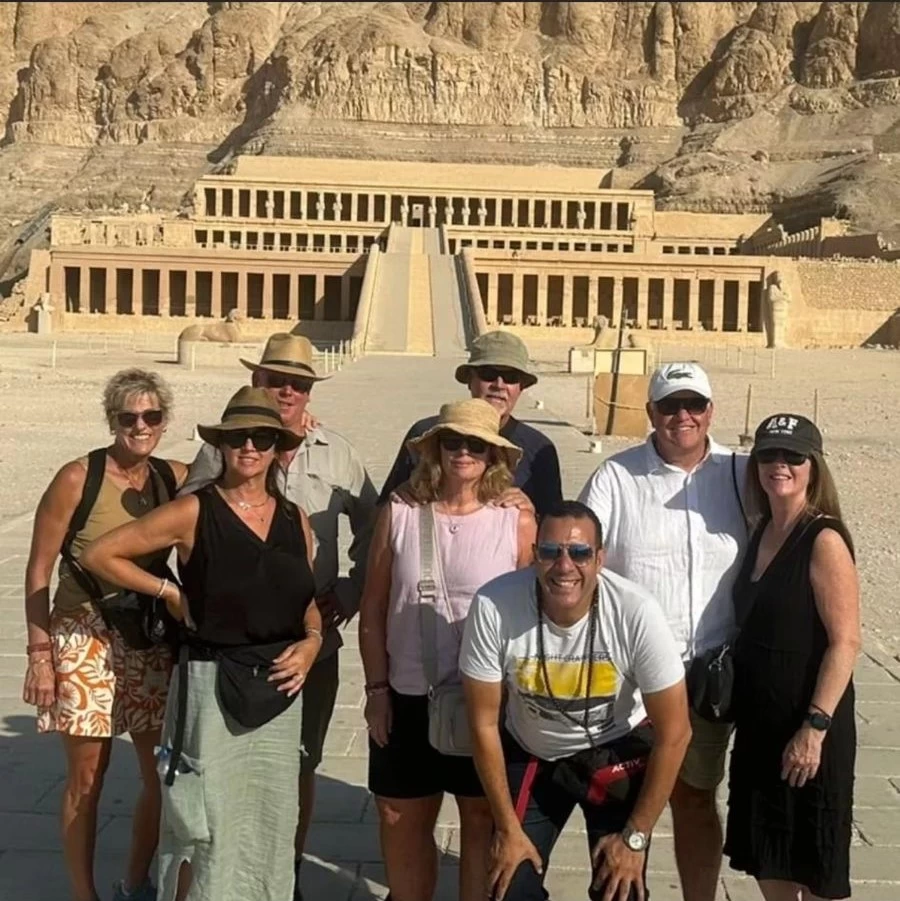

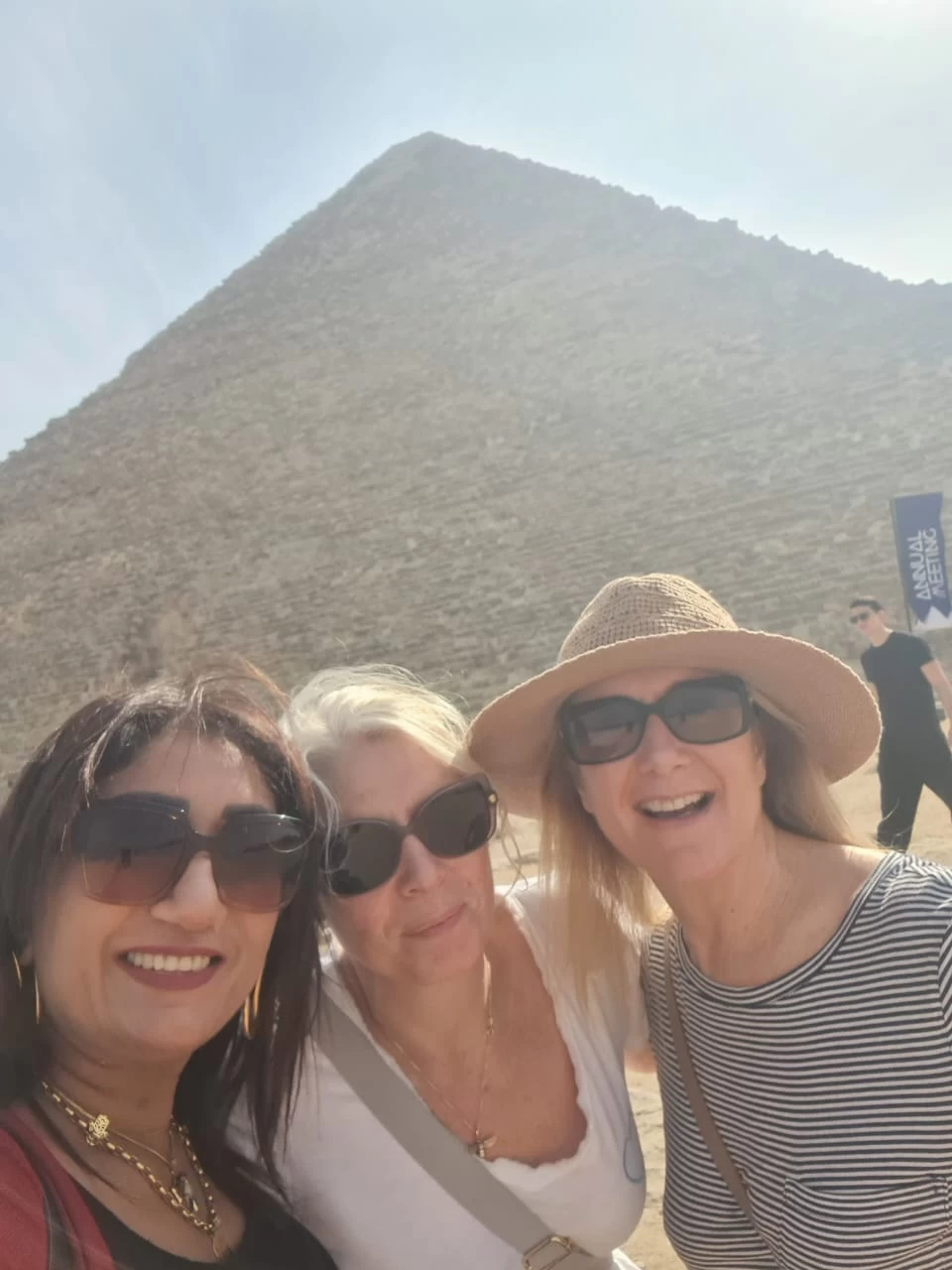
-webp.webp)

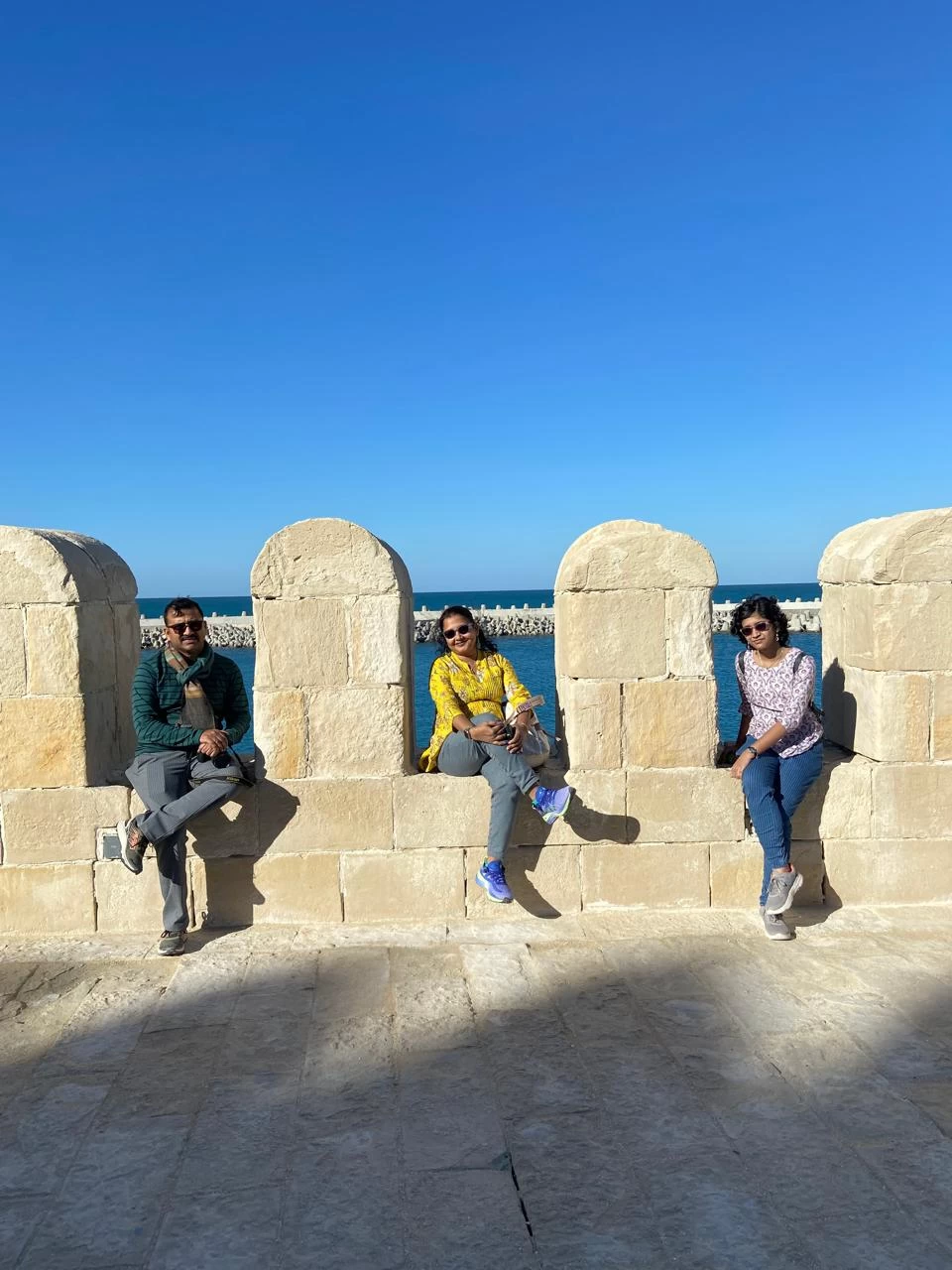
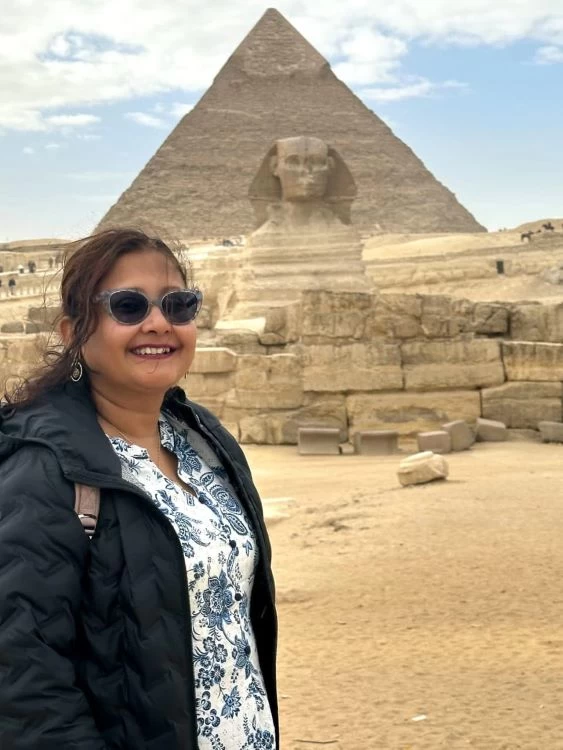
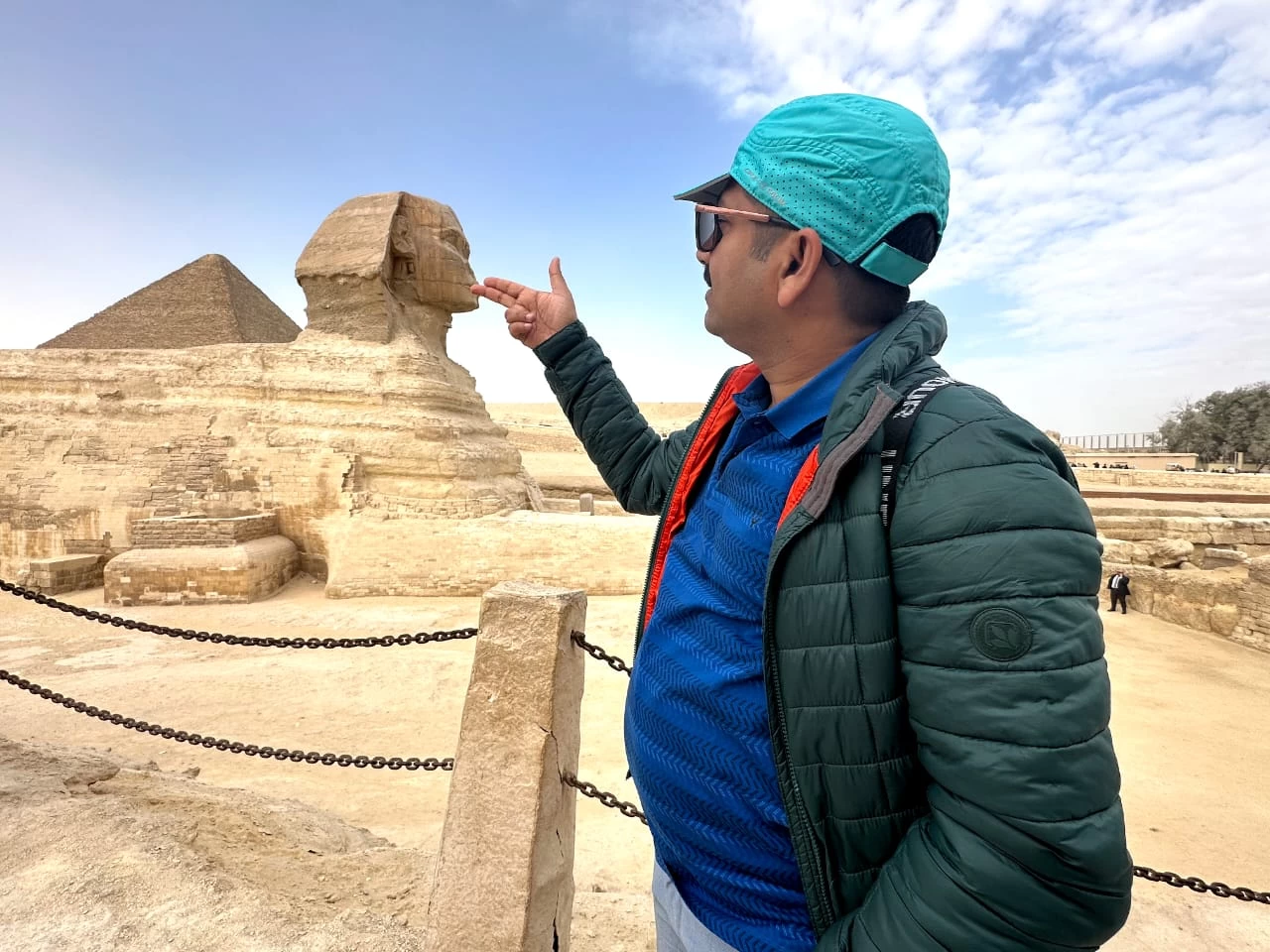
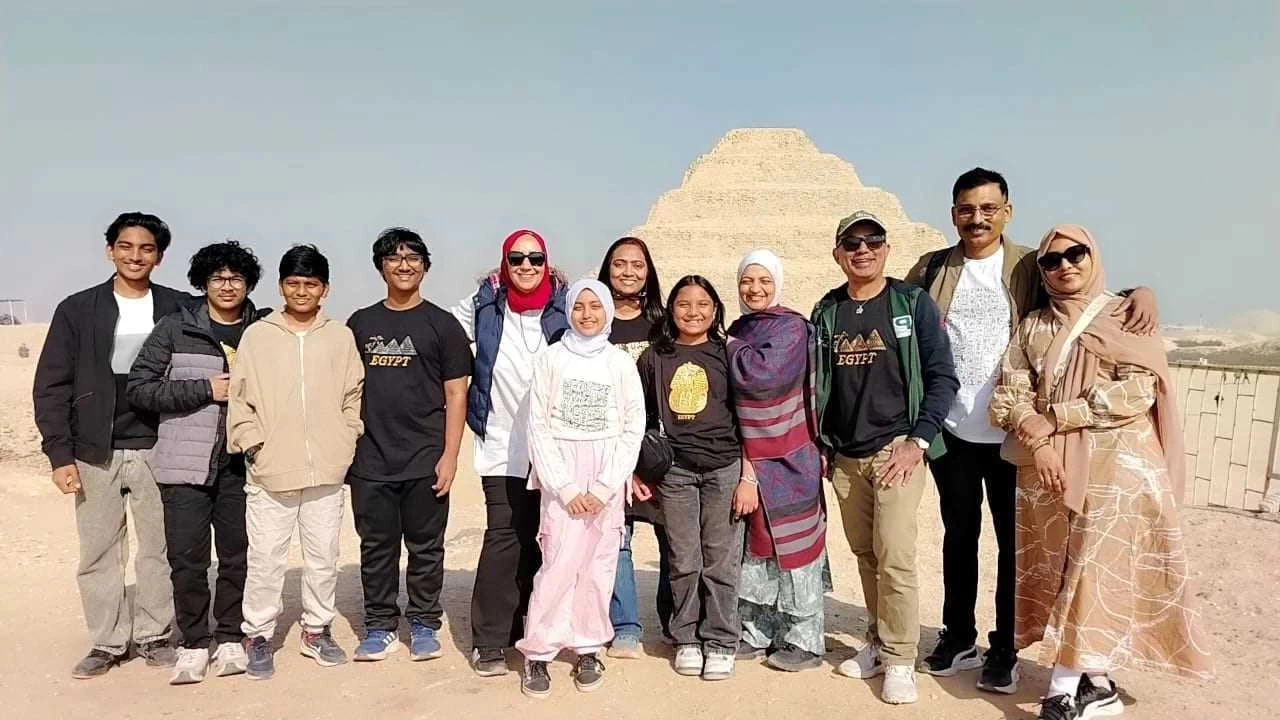
-webp.webp)
-webp.webp)
-webp.webp)
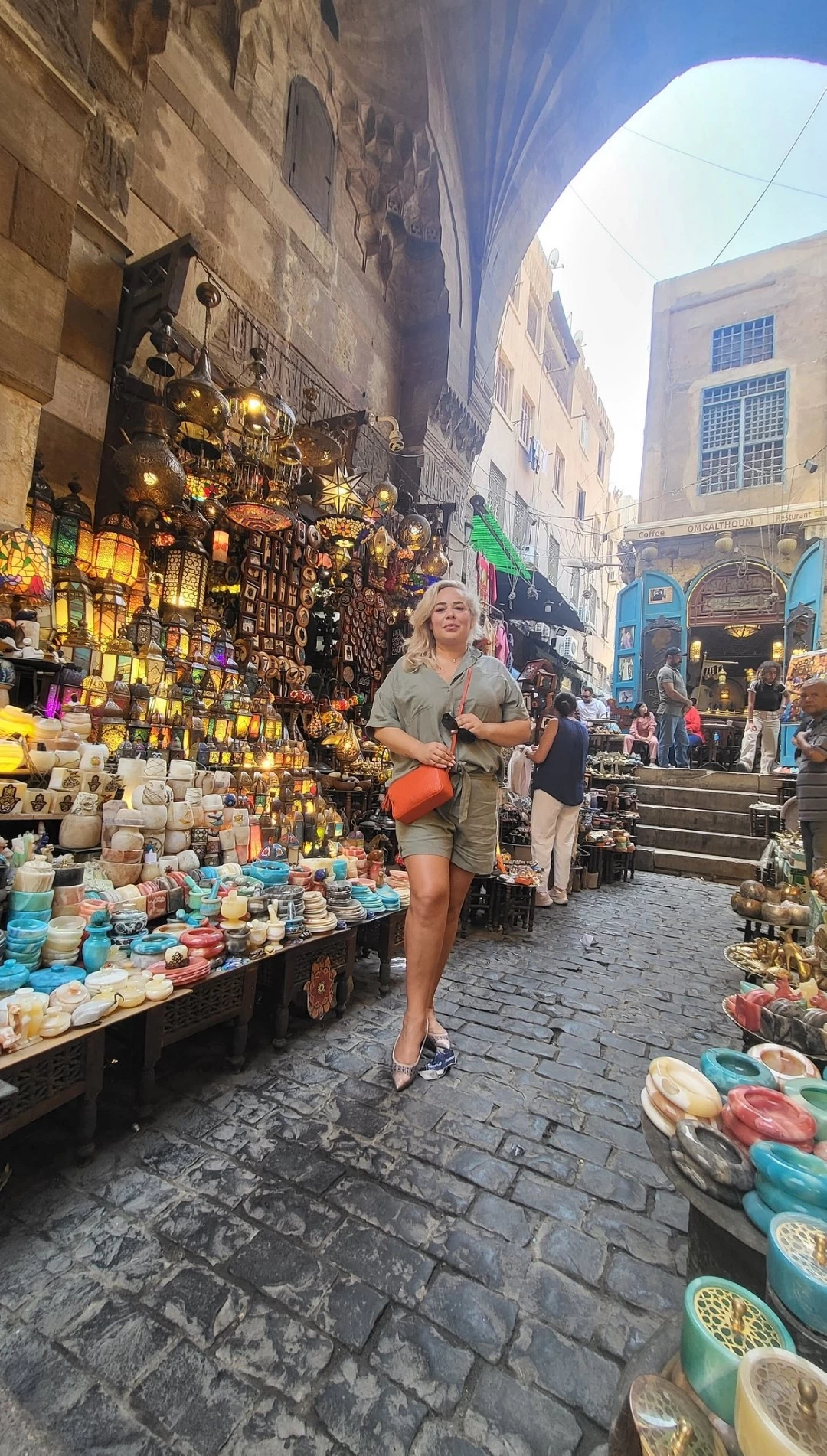
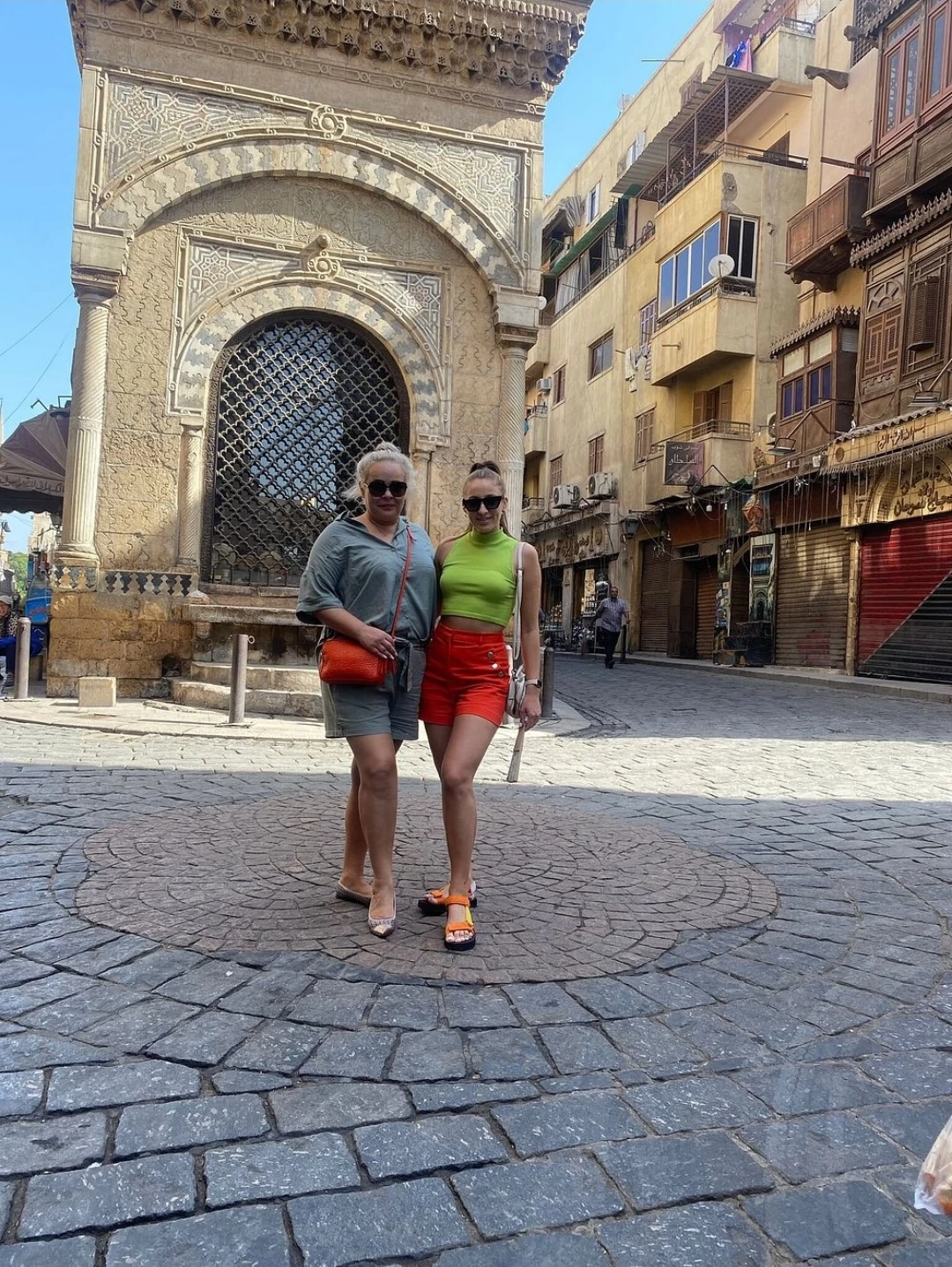

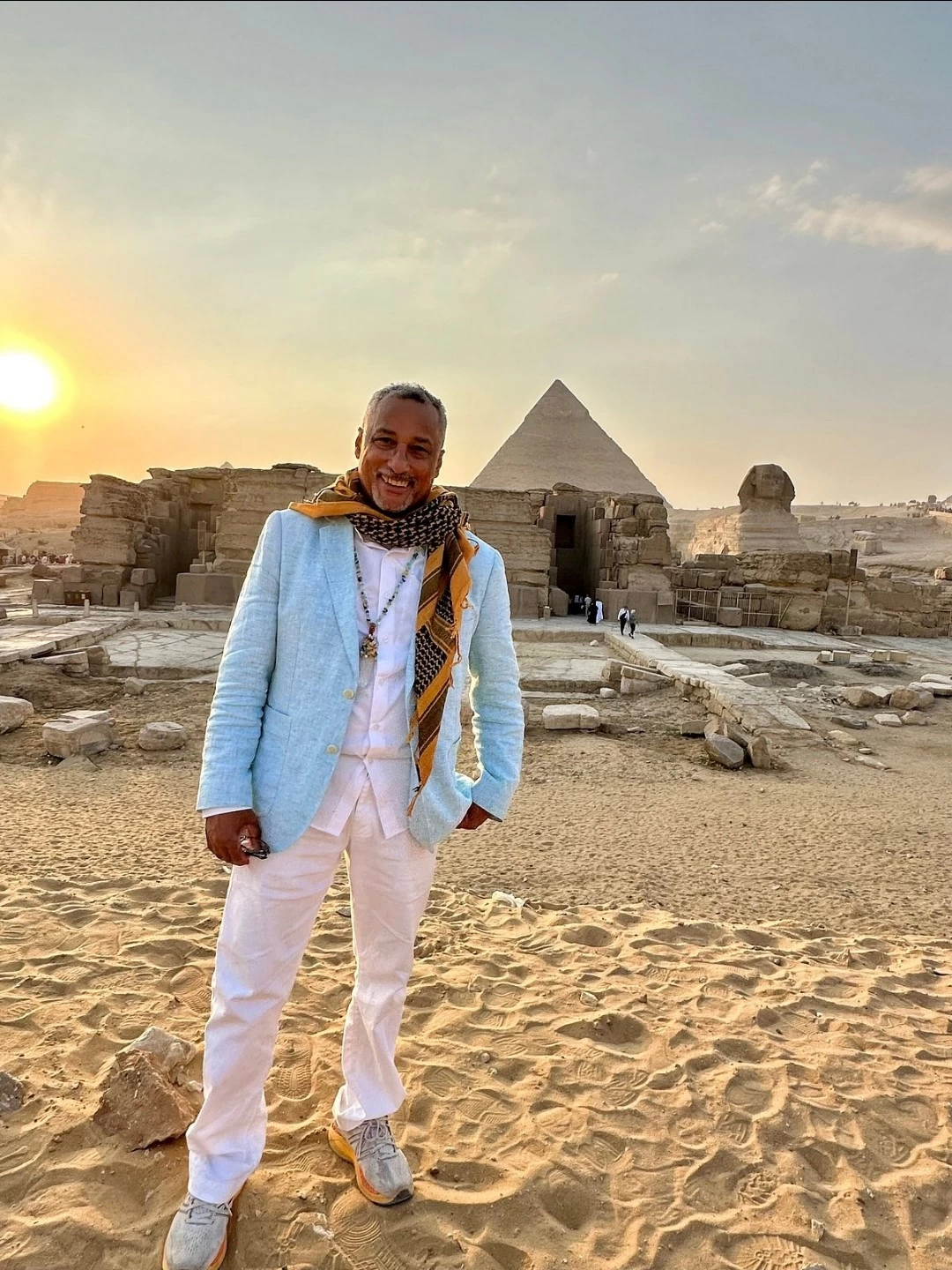
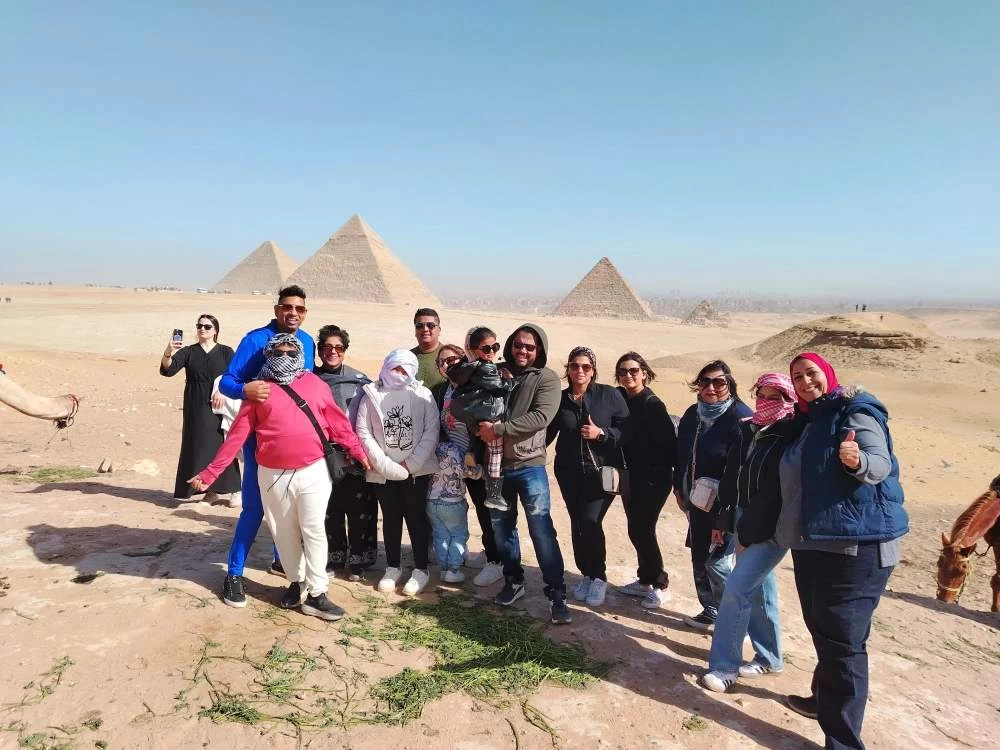
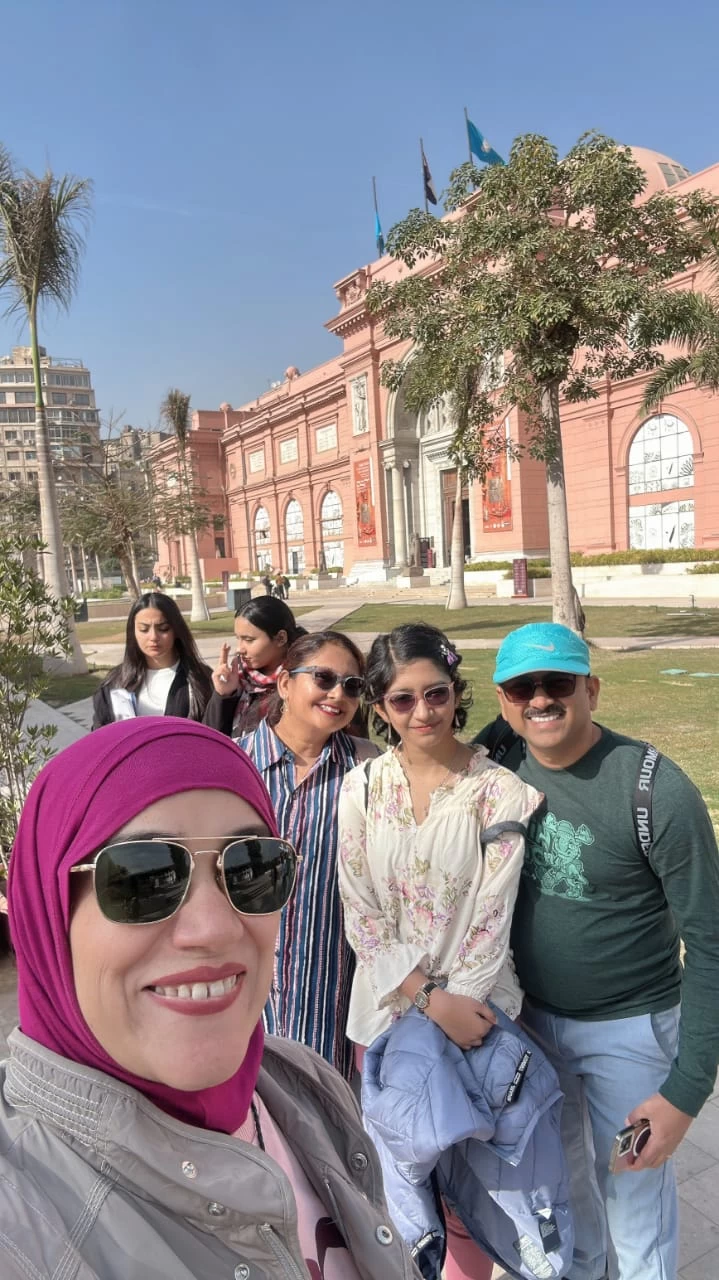
-webp.webp)
-webp.webp)
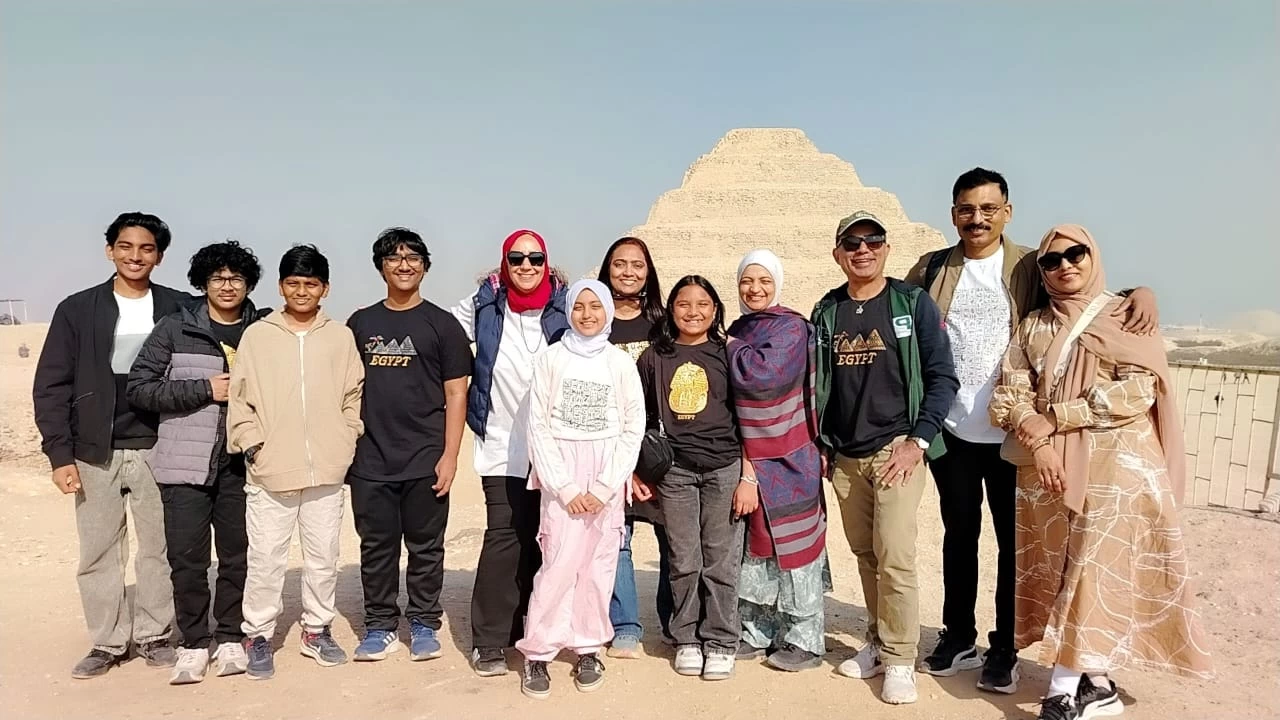
-webp.webp)
-webp.webp)
-webp.webp)
-webp.webp)
-webp.webp)
-webp.webp)
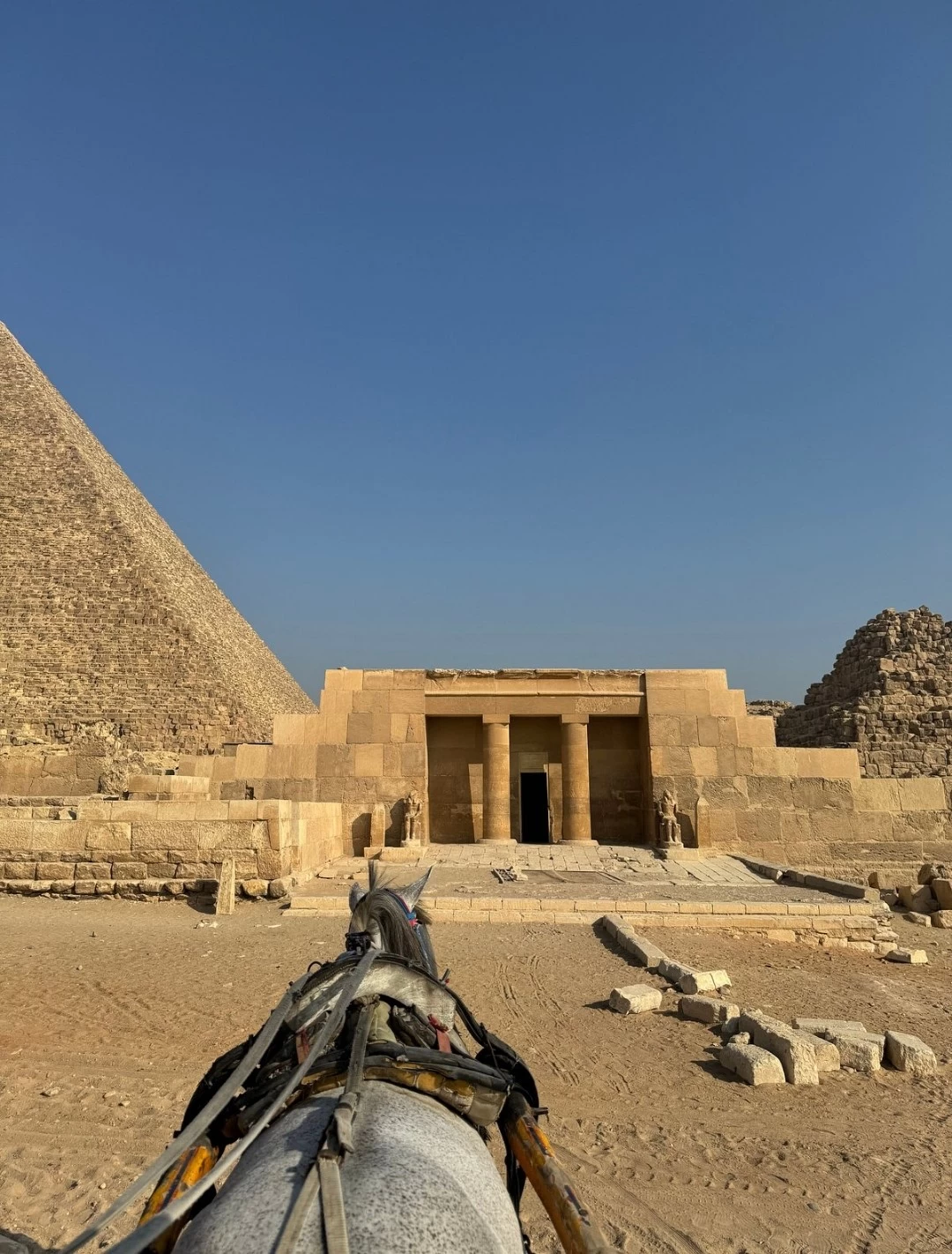
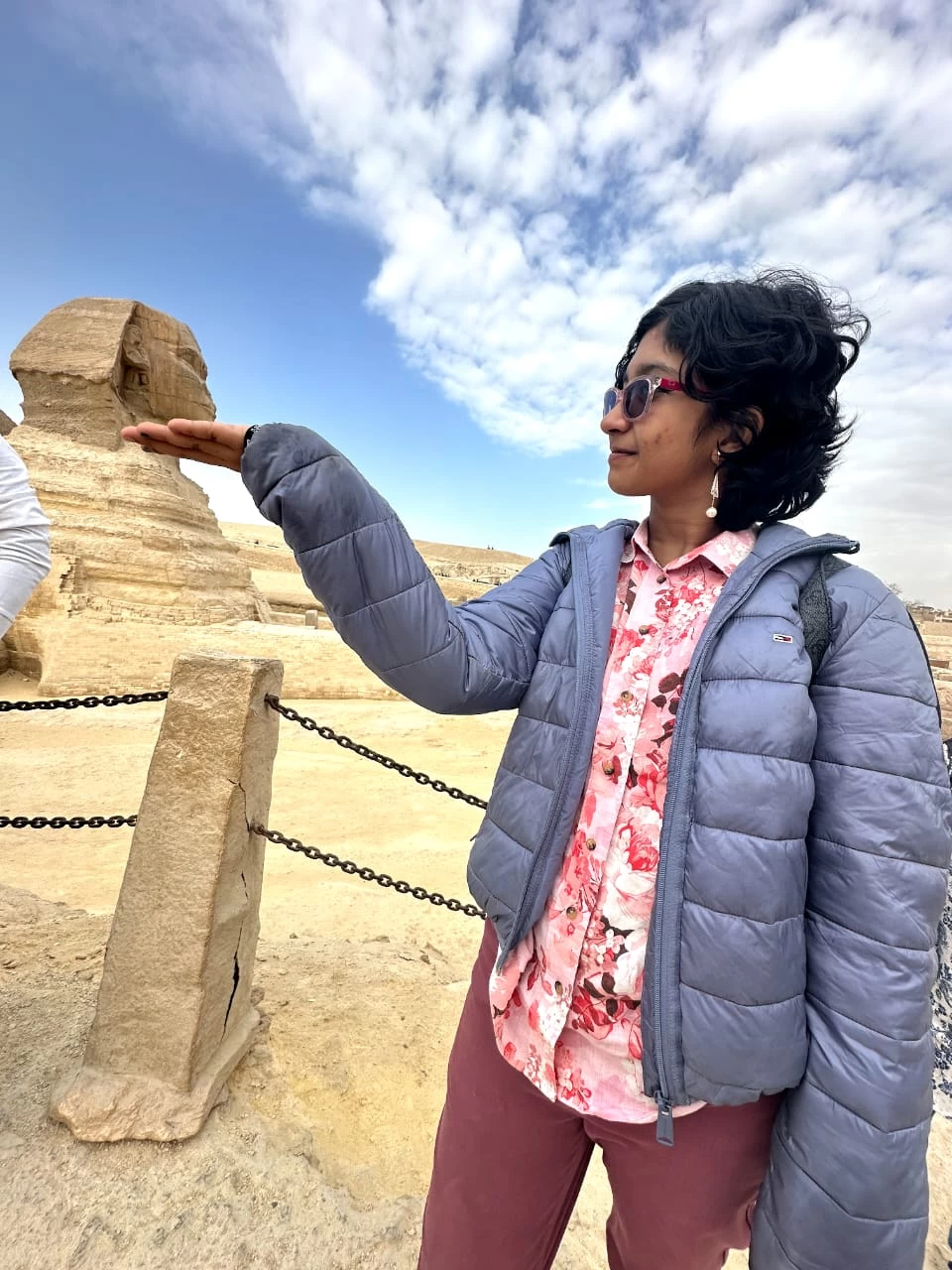

-webp.webp)
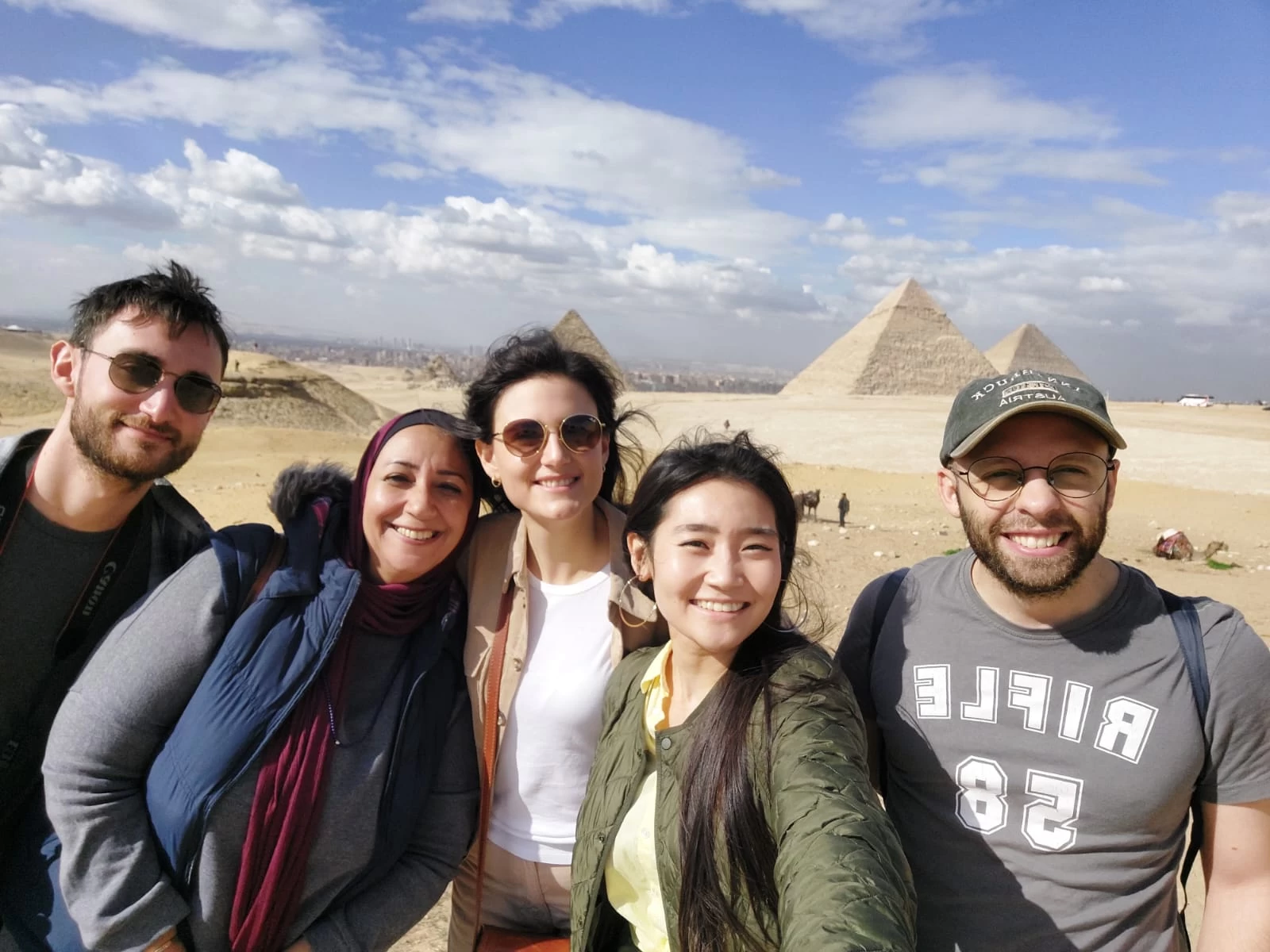
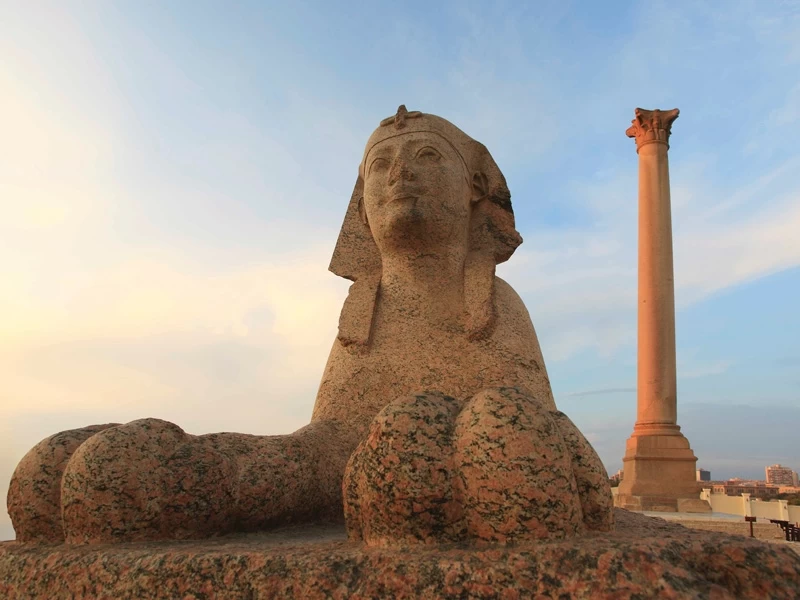
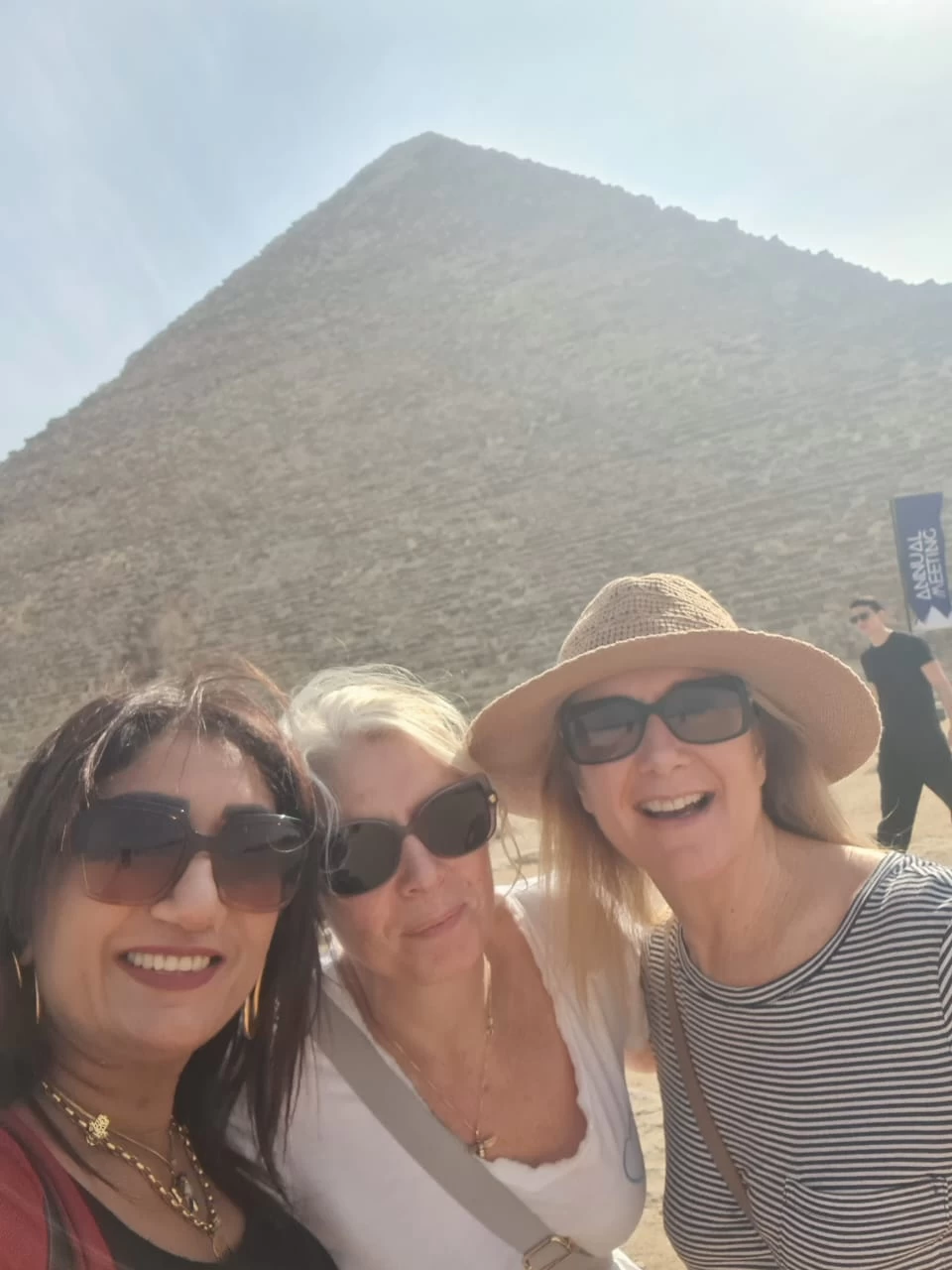


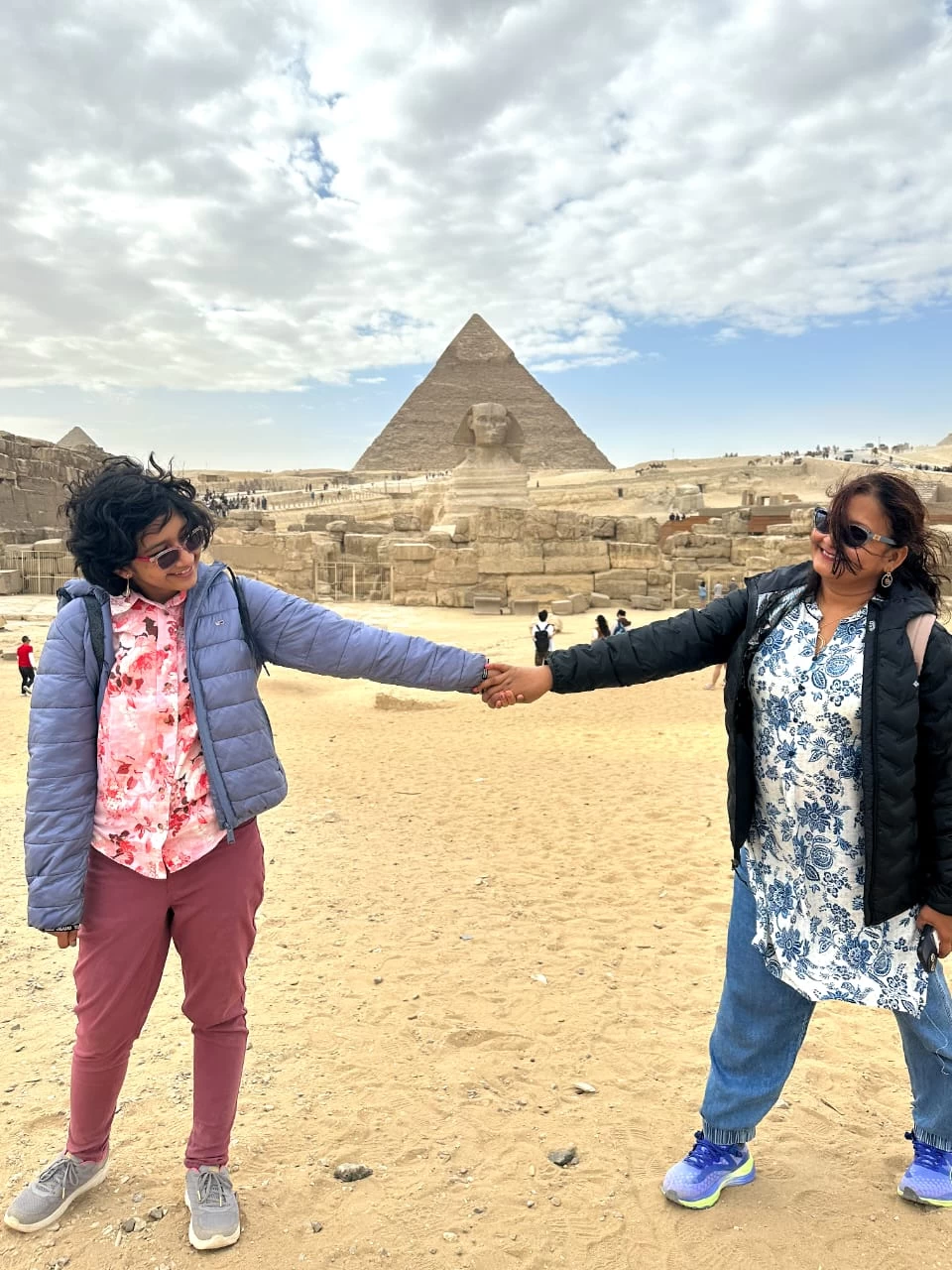
-webp.webp)
-webp.webp)










.png)

